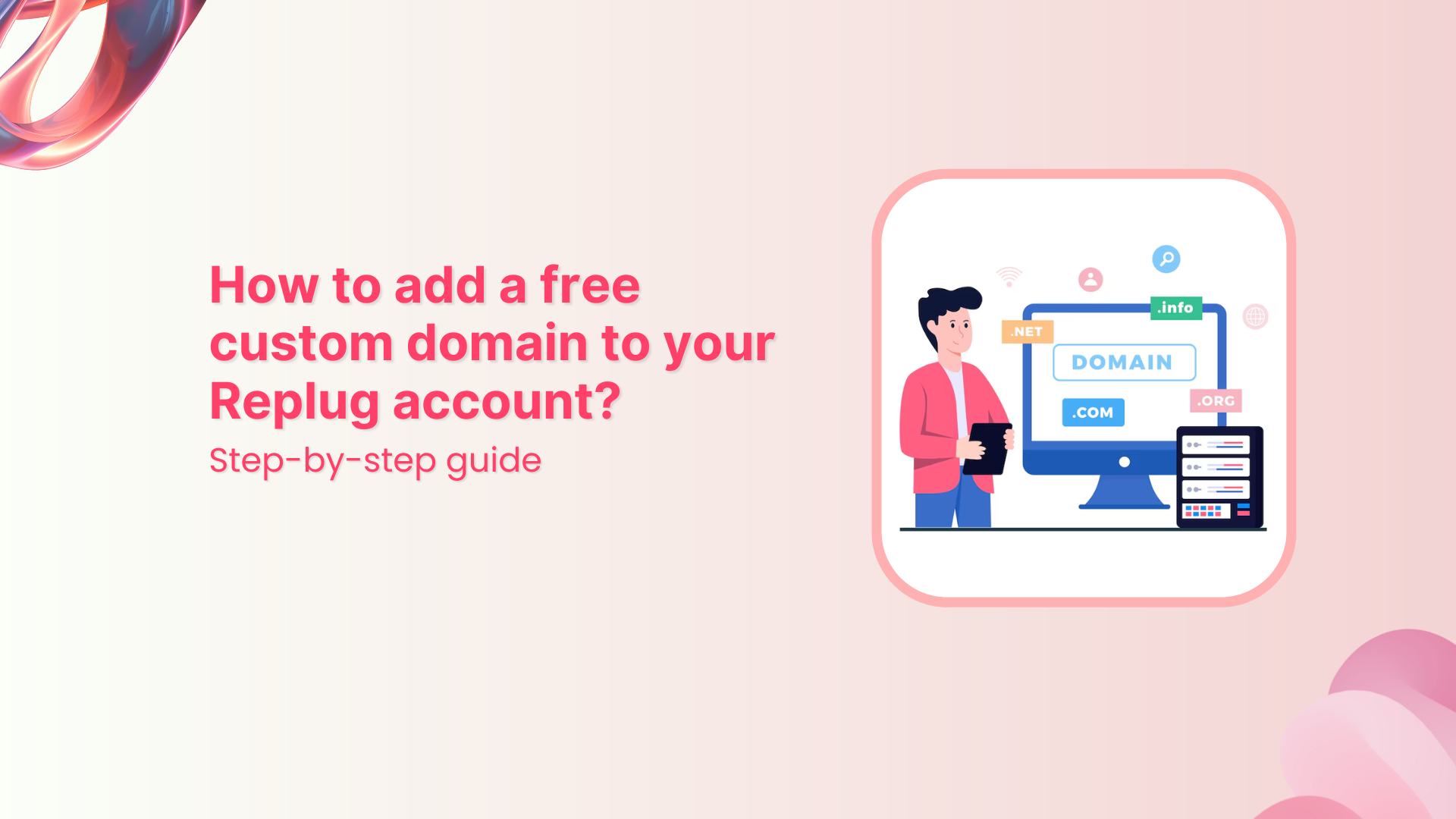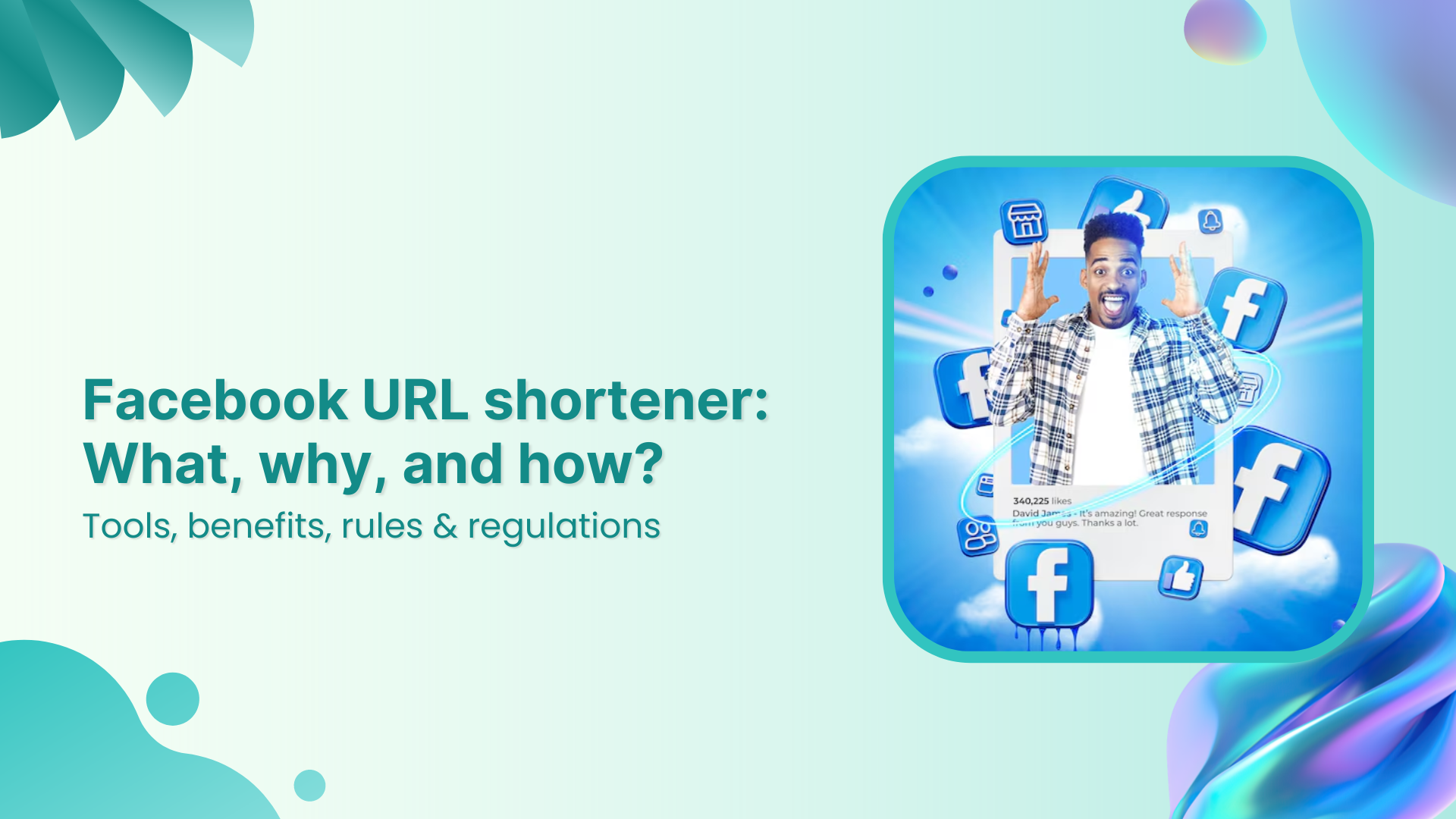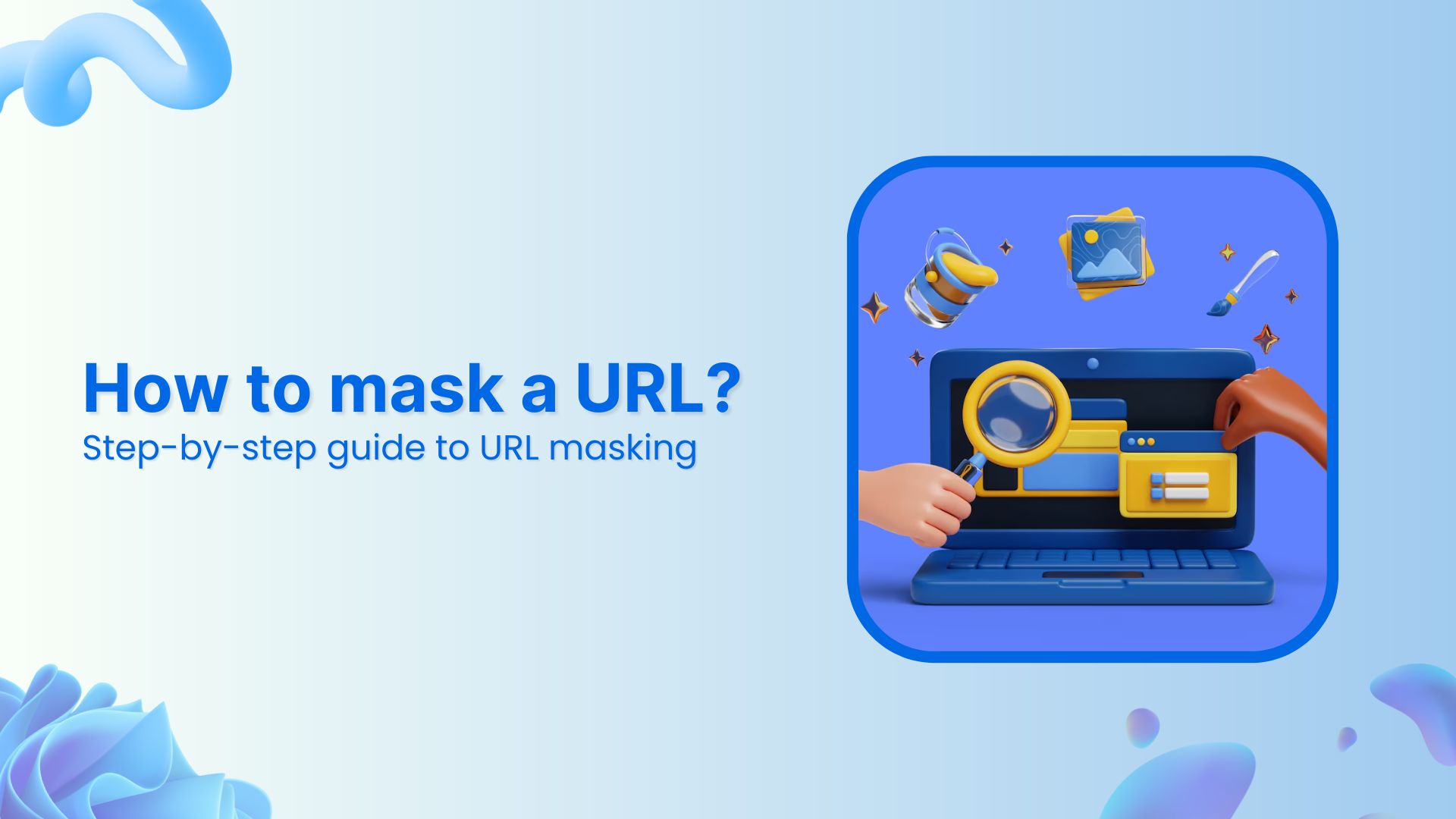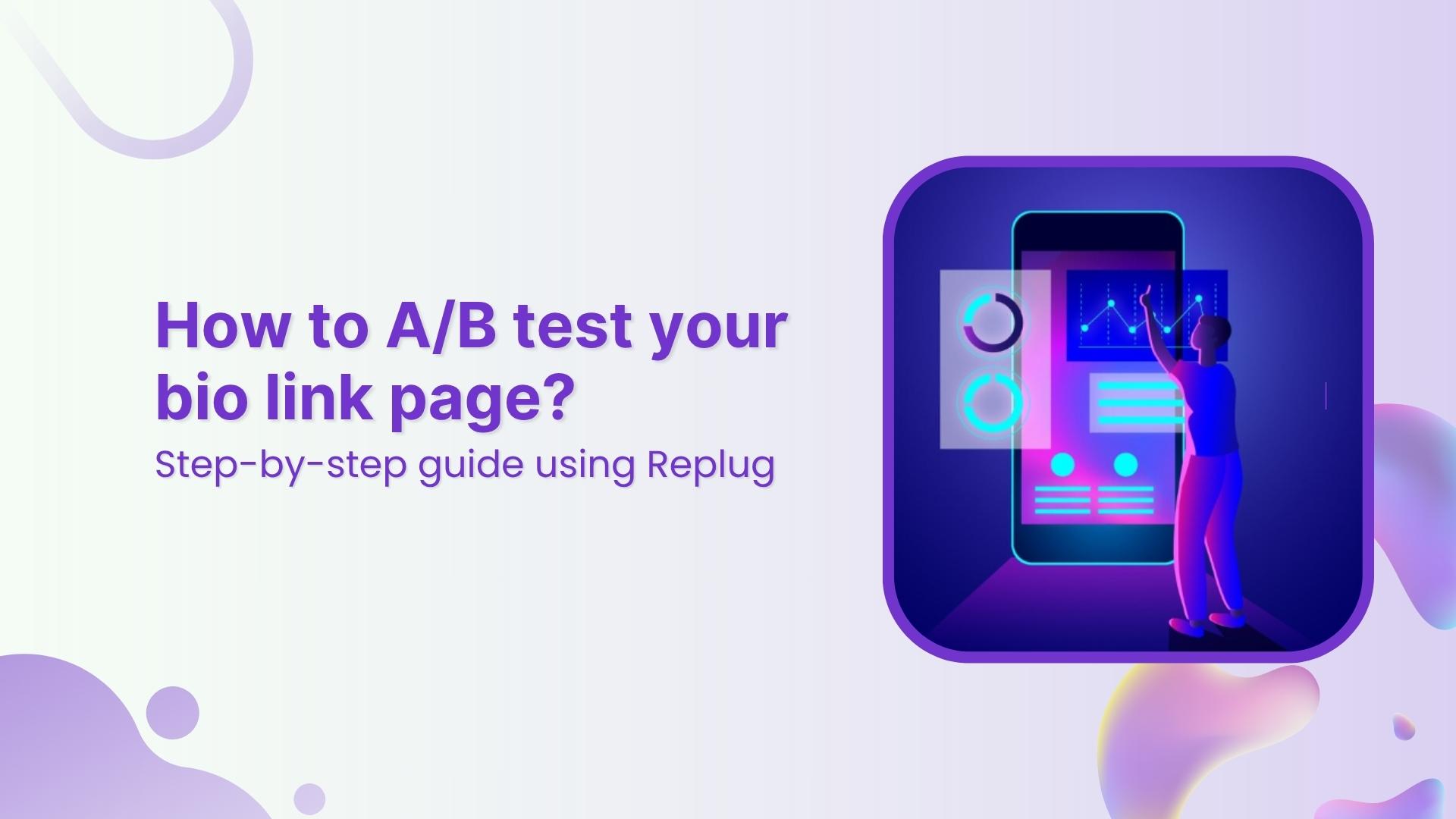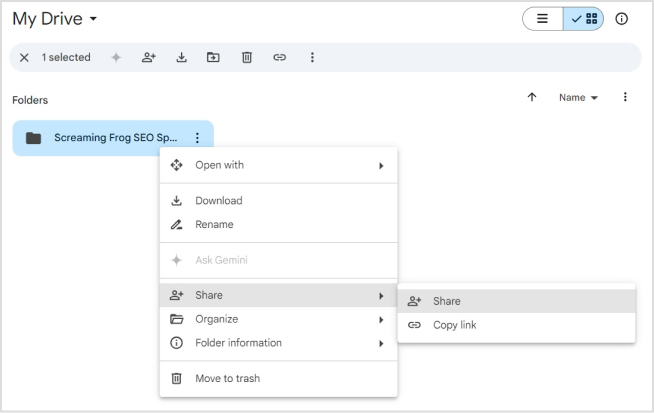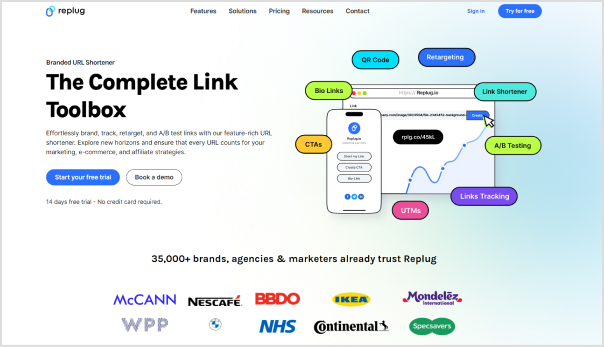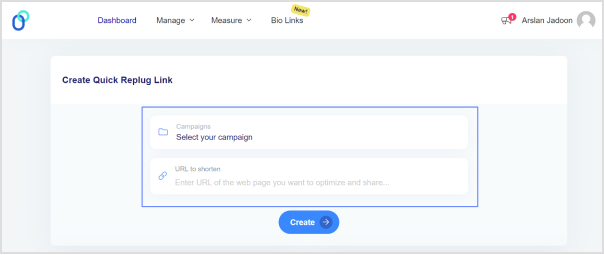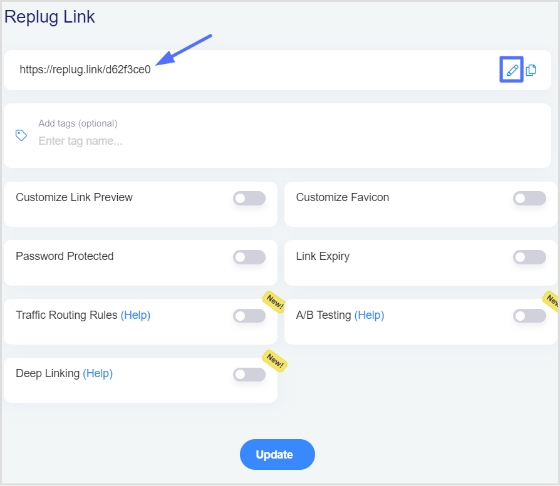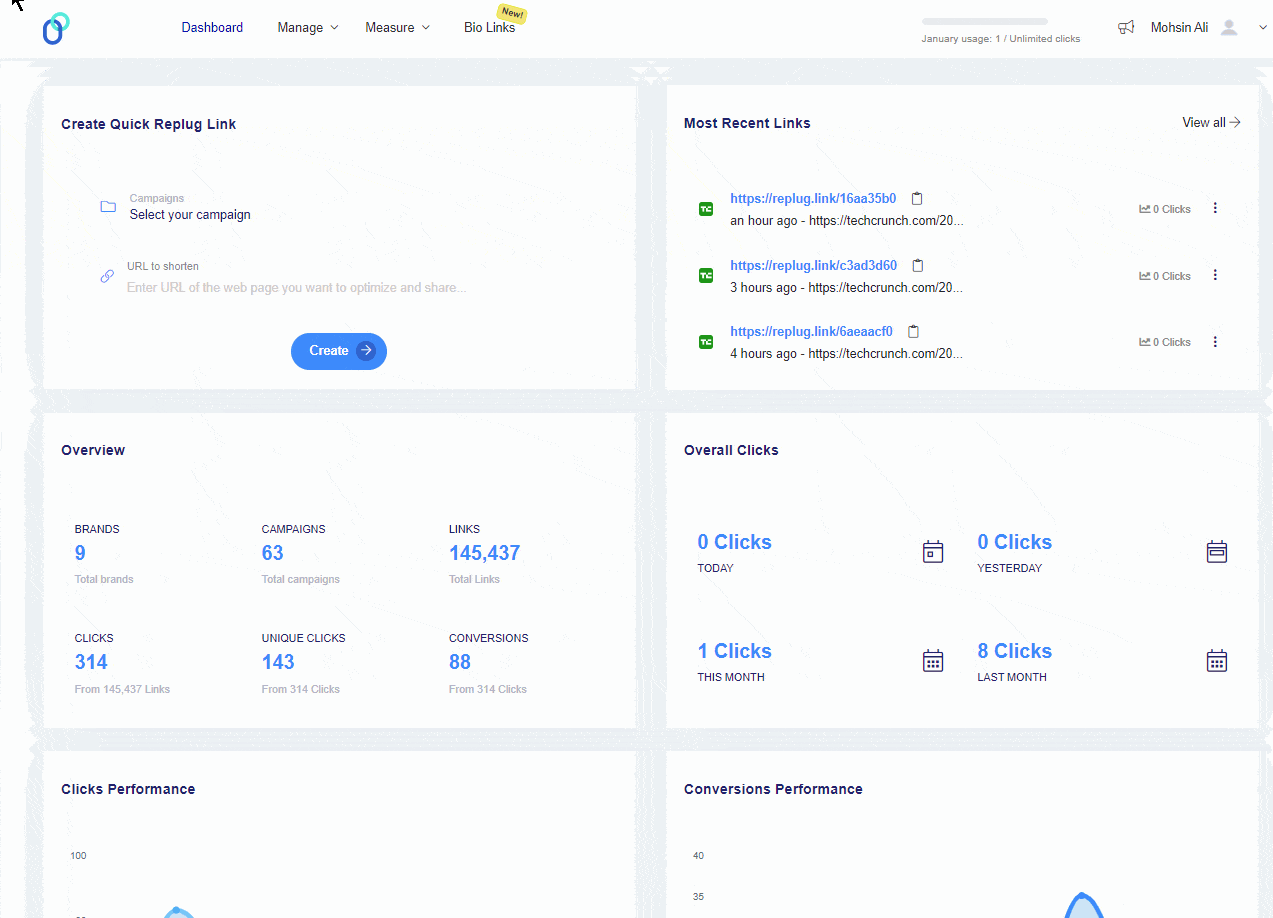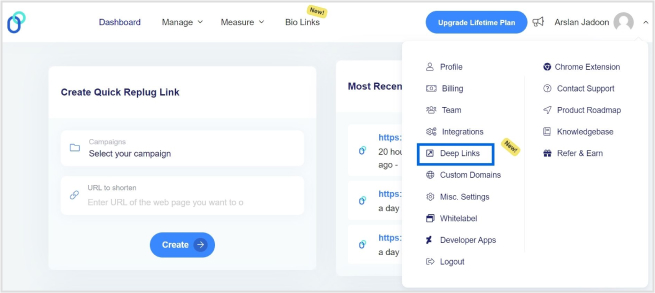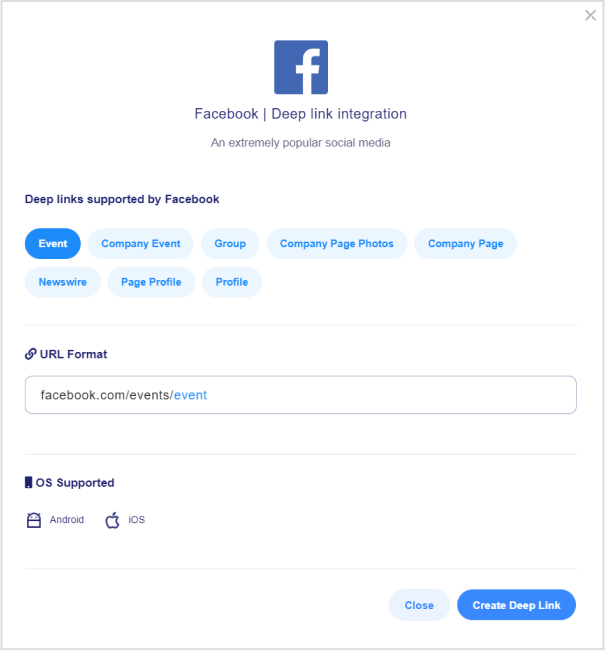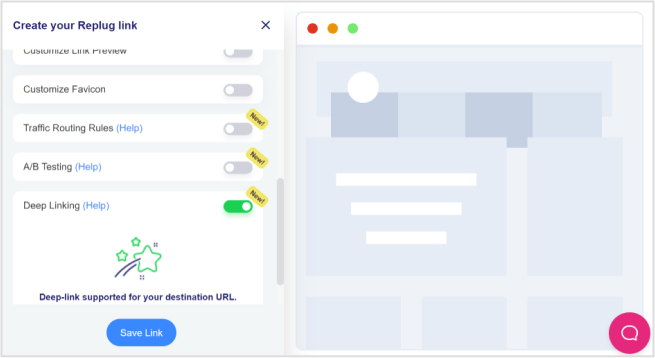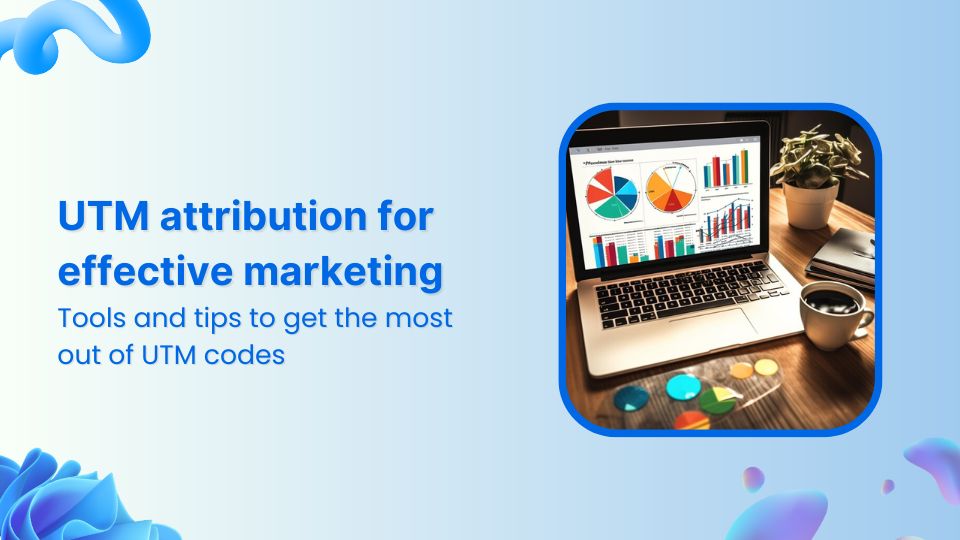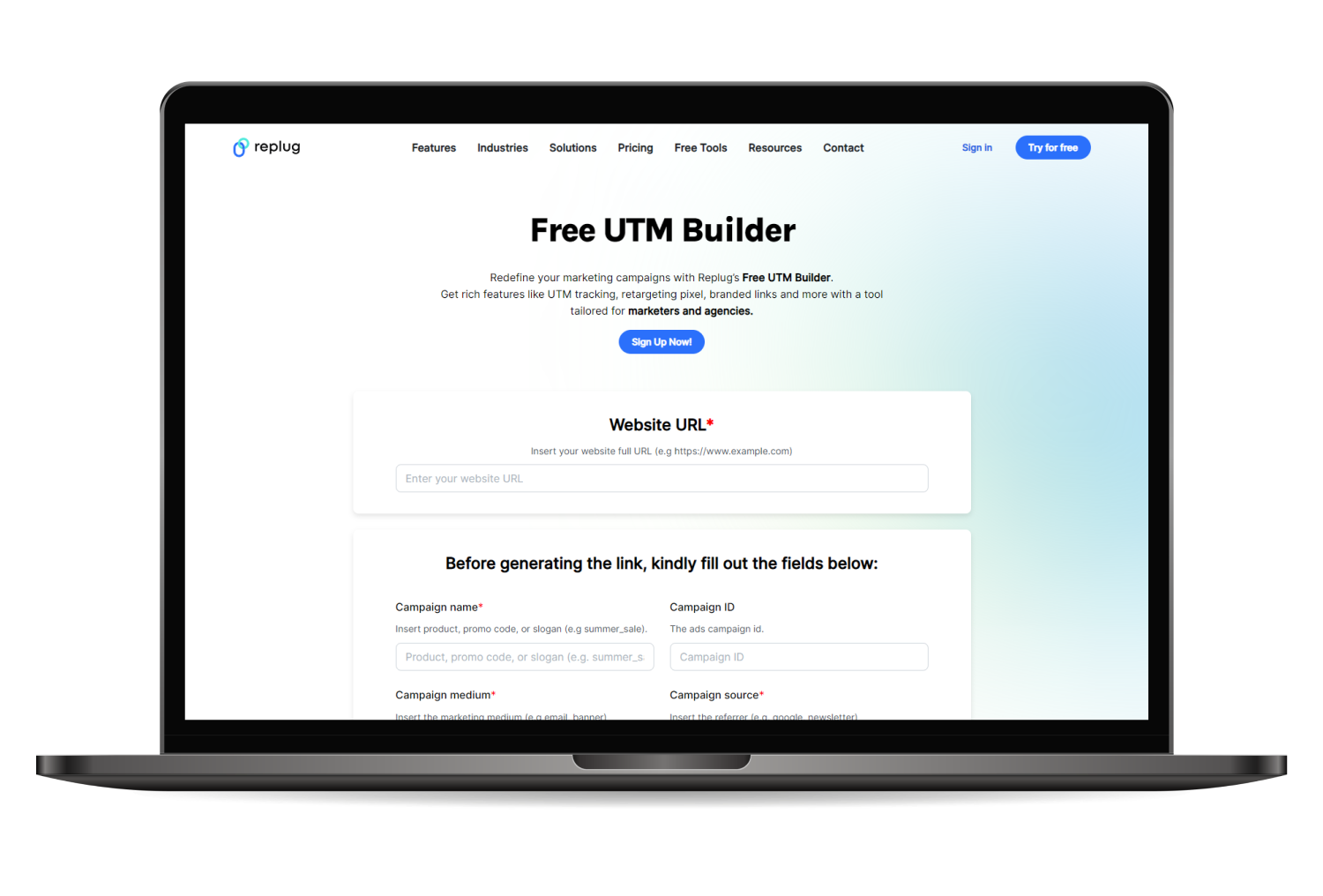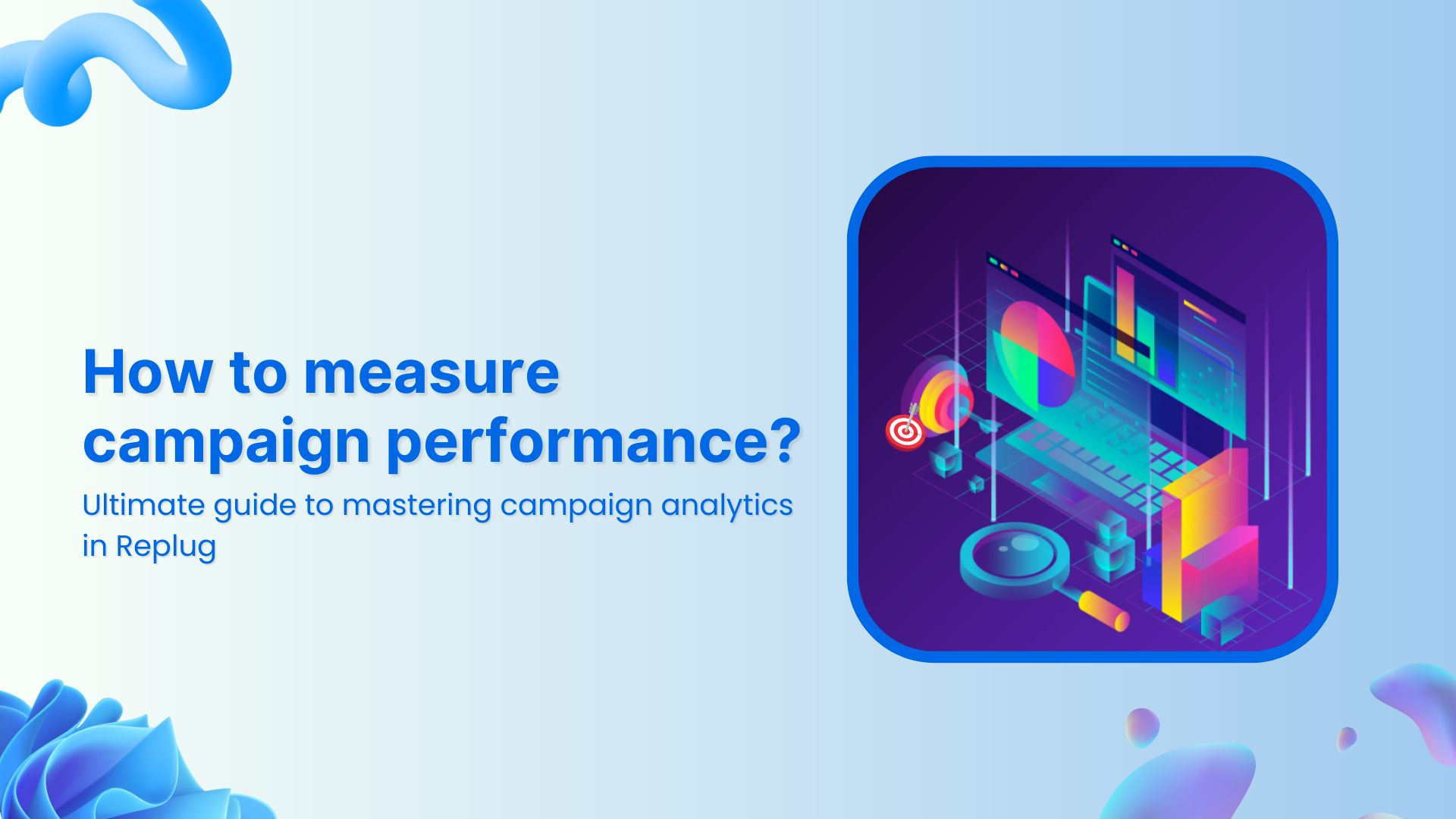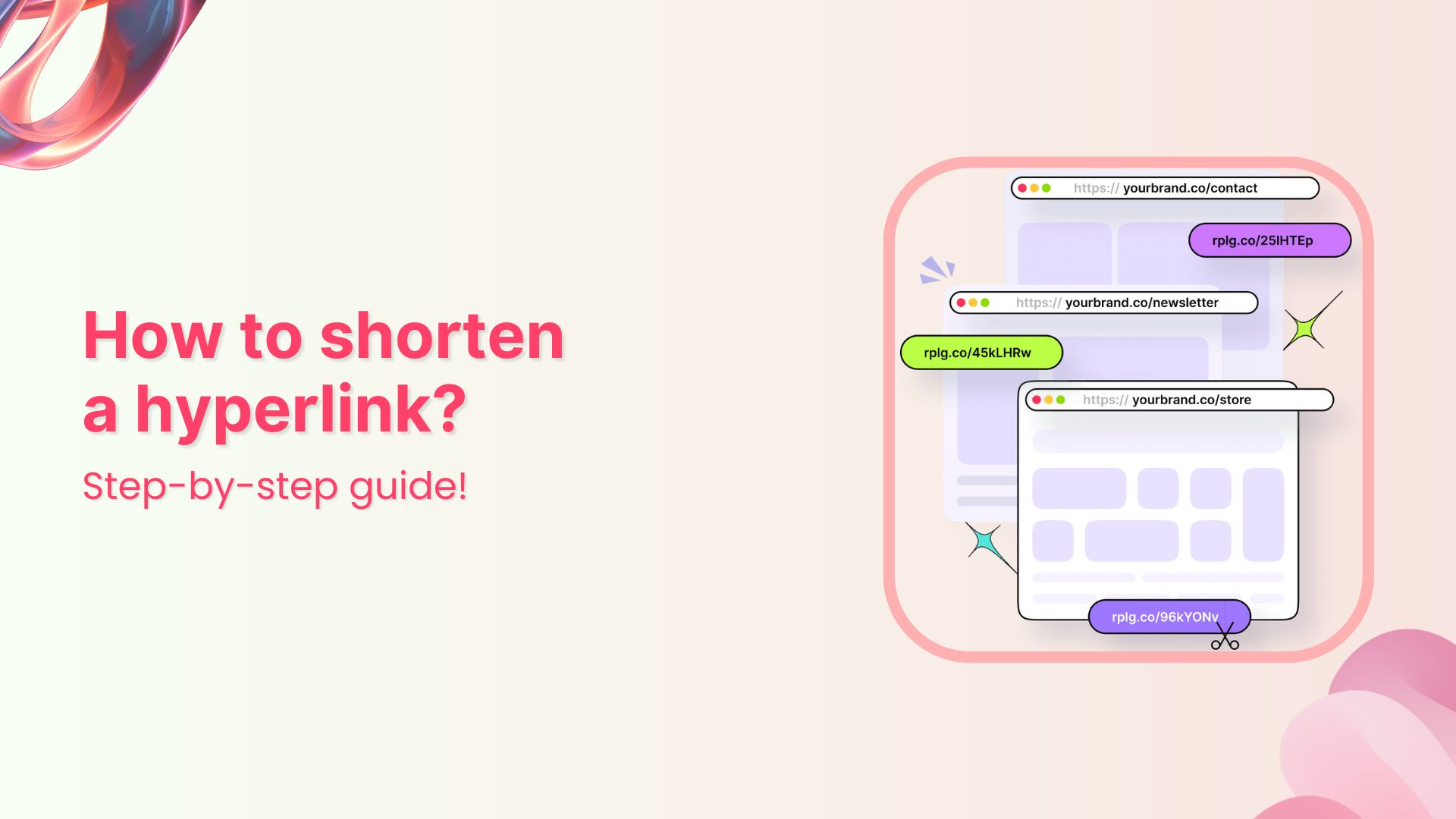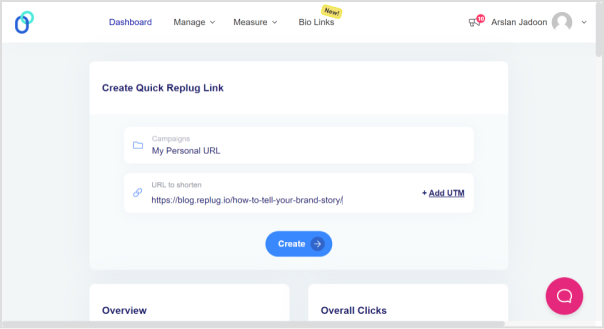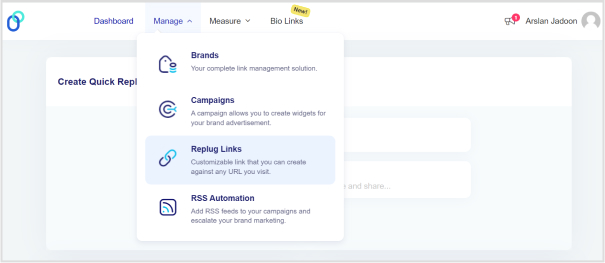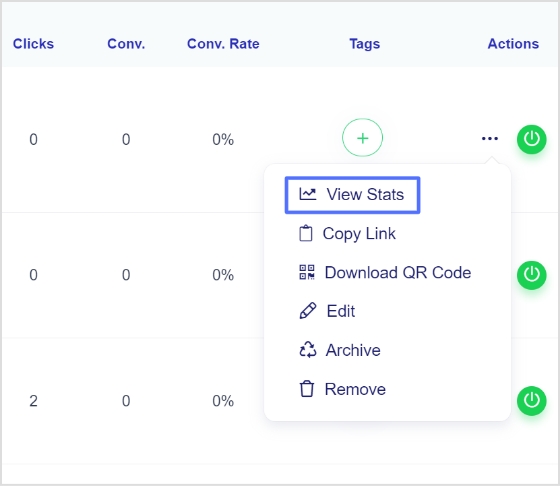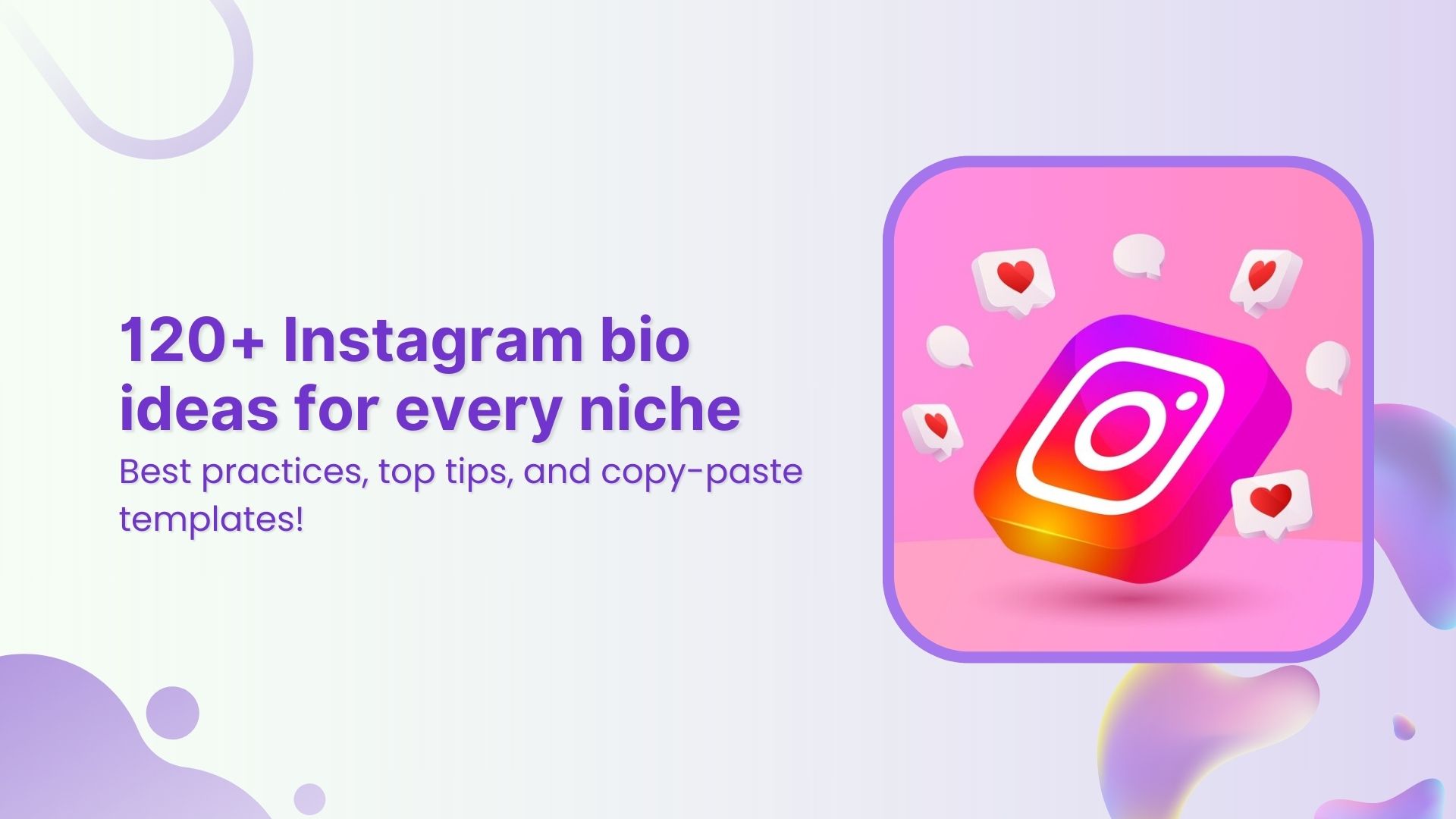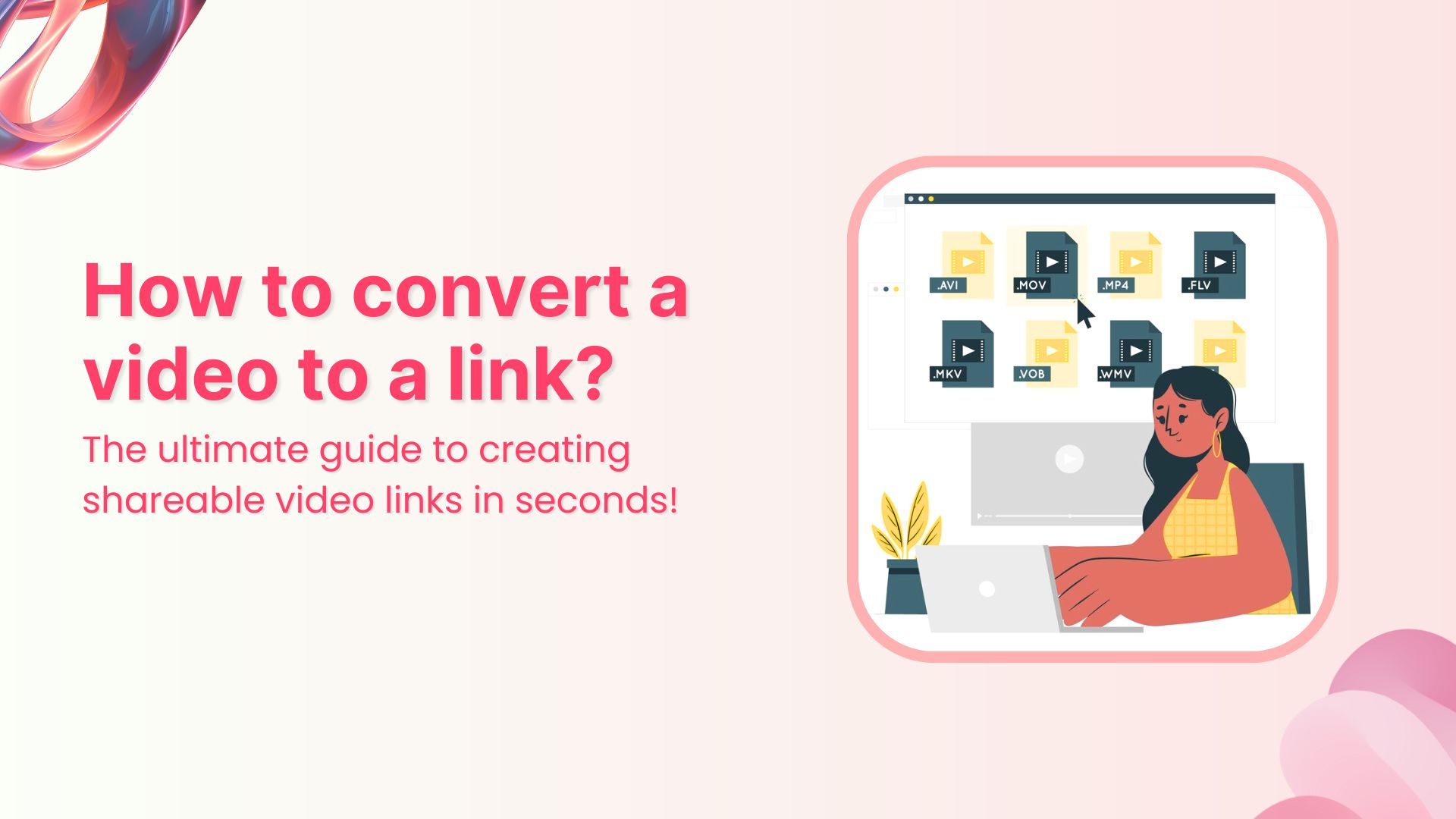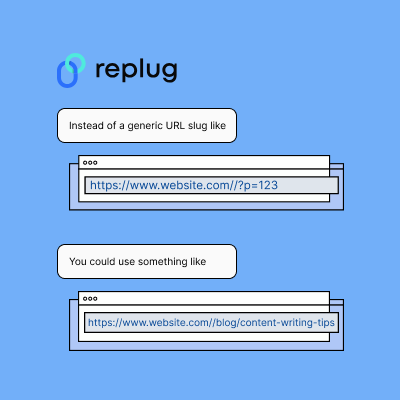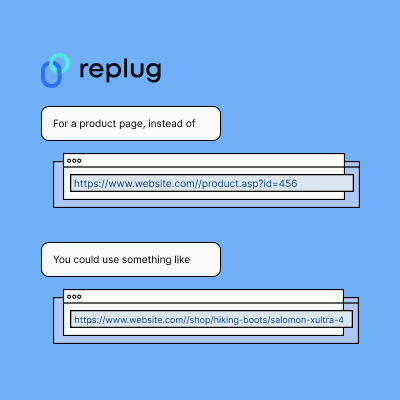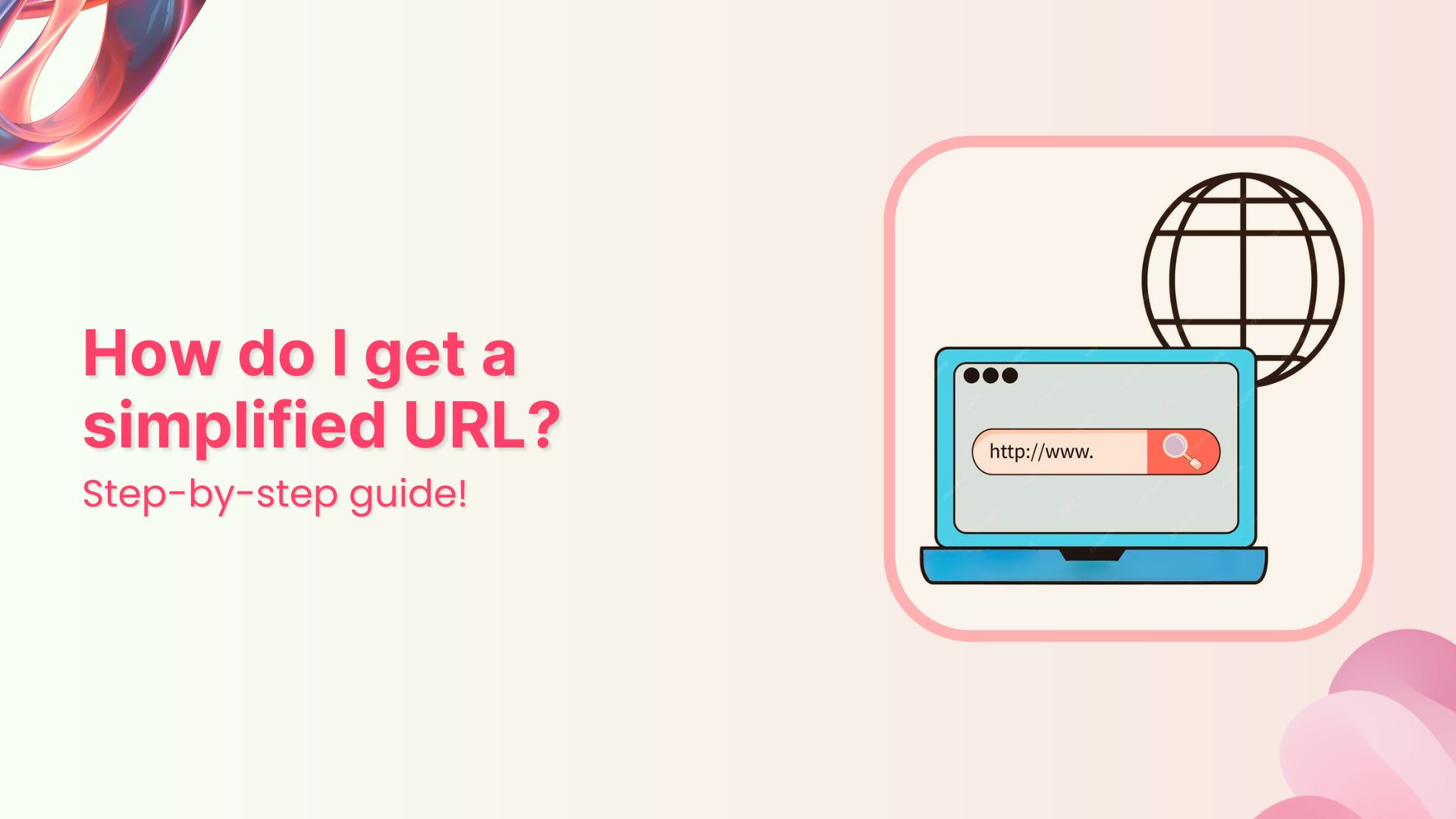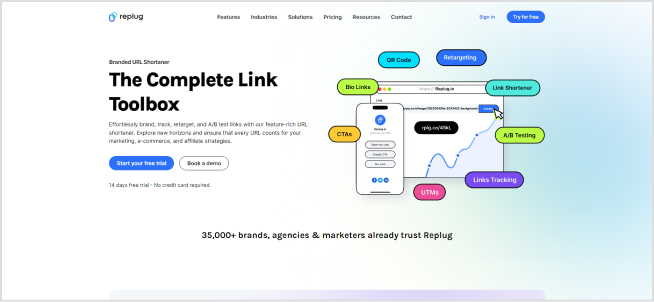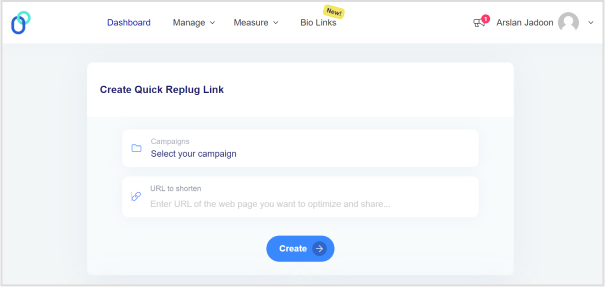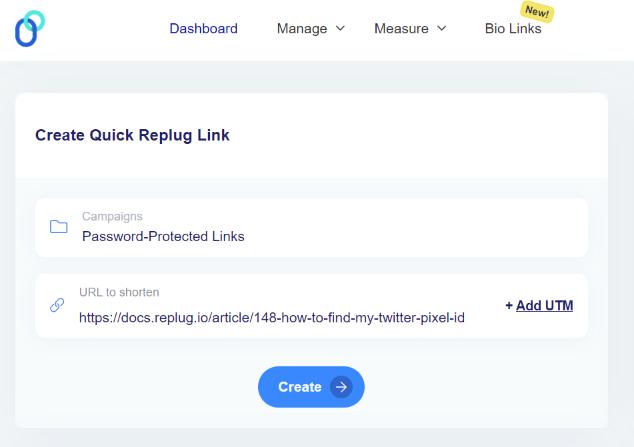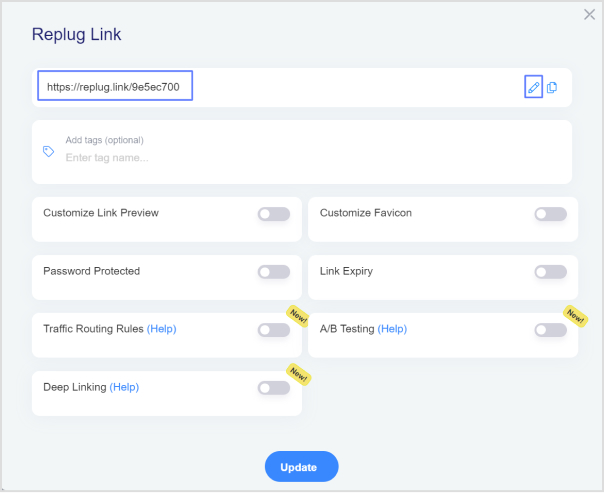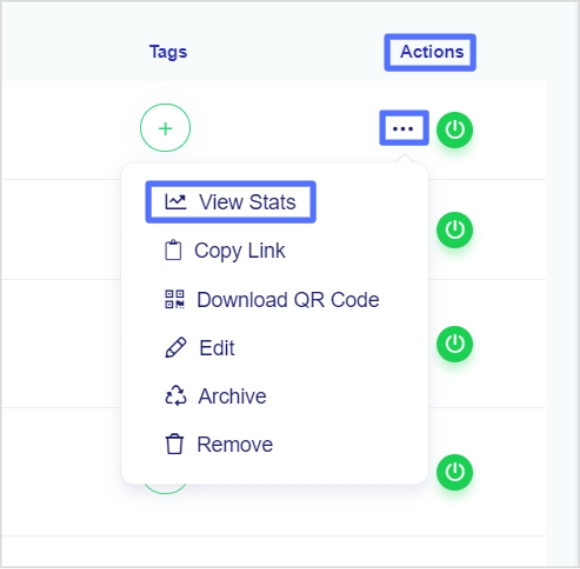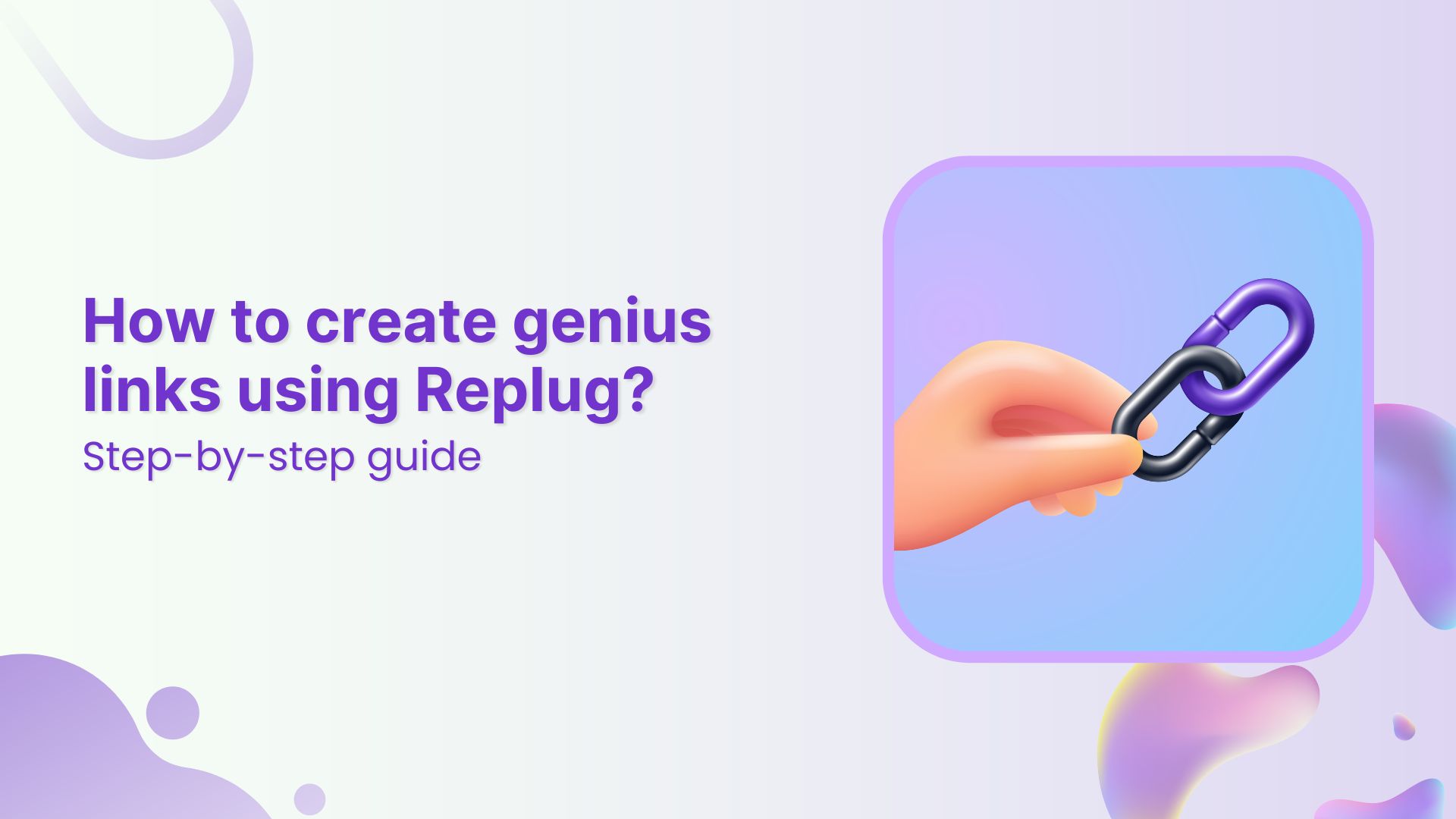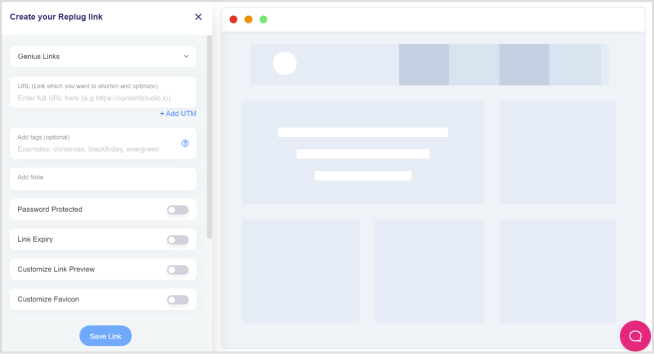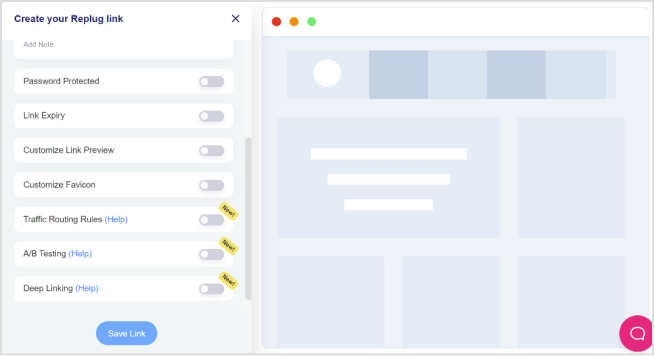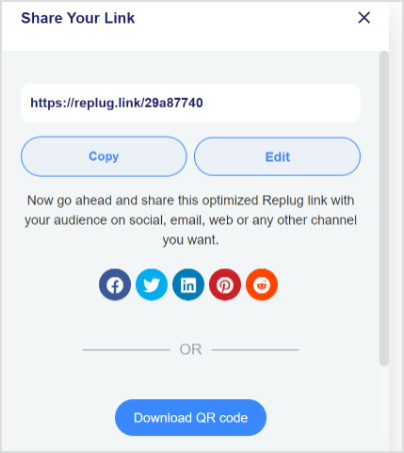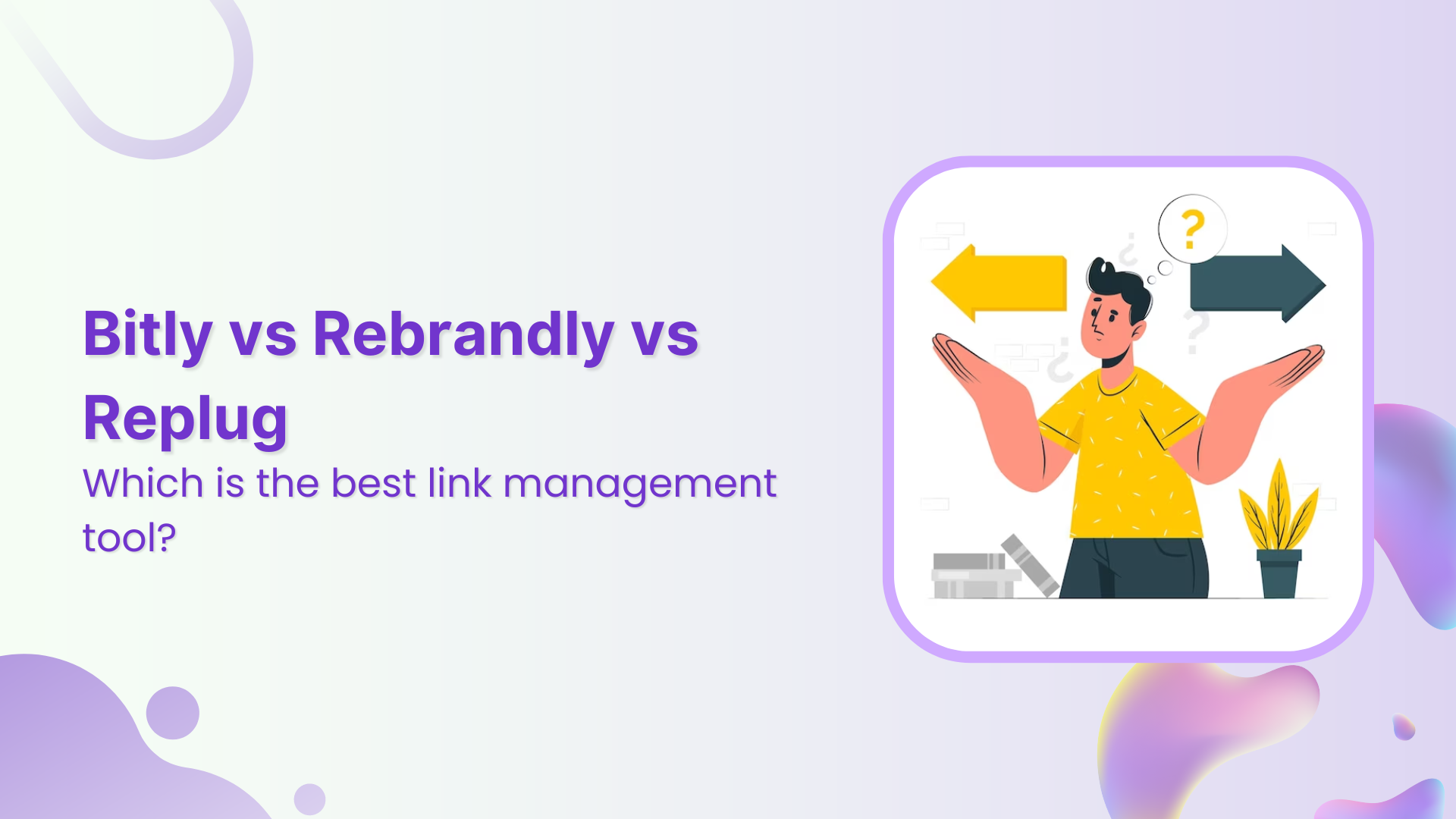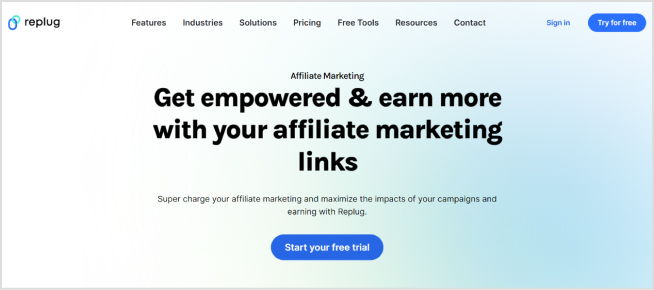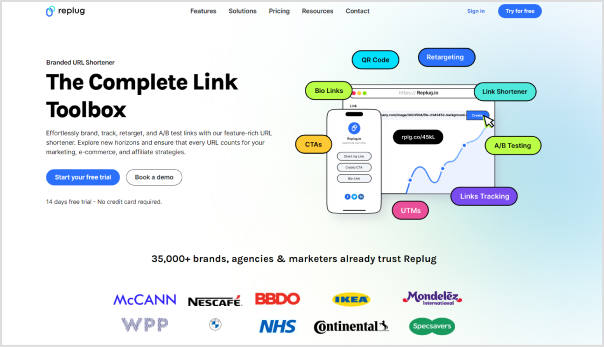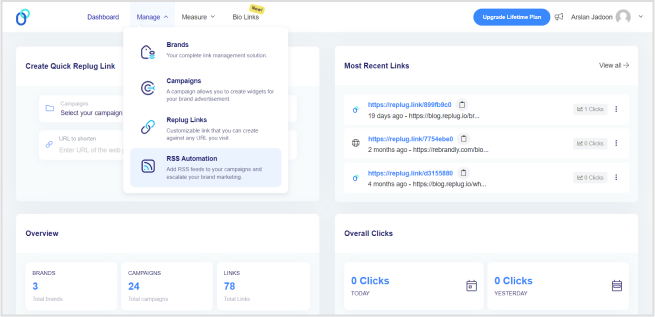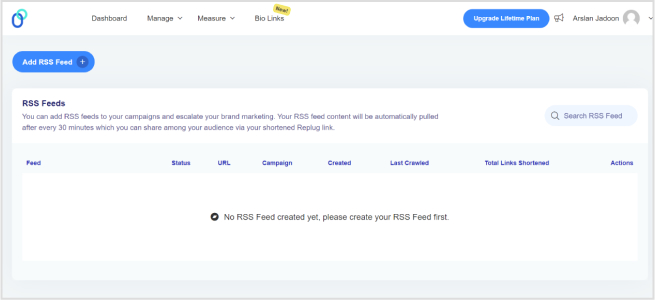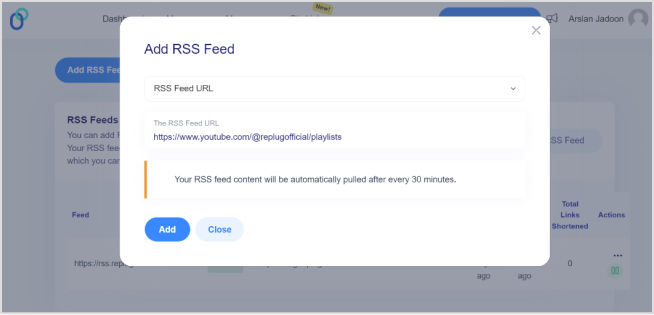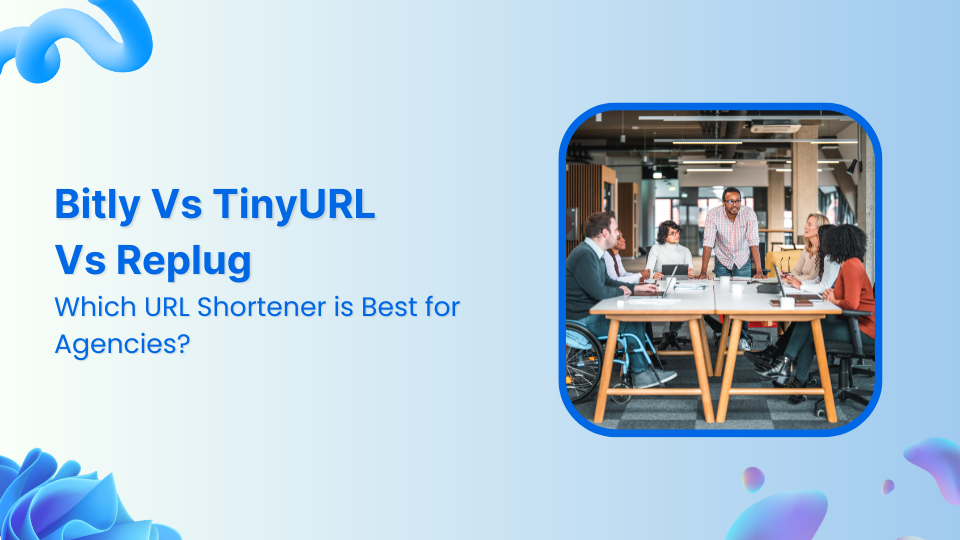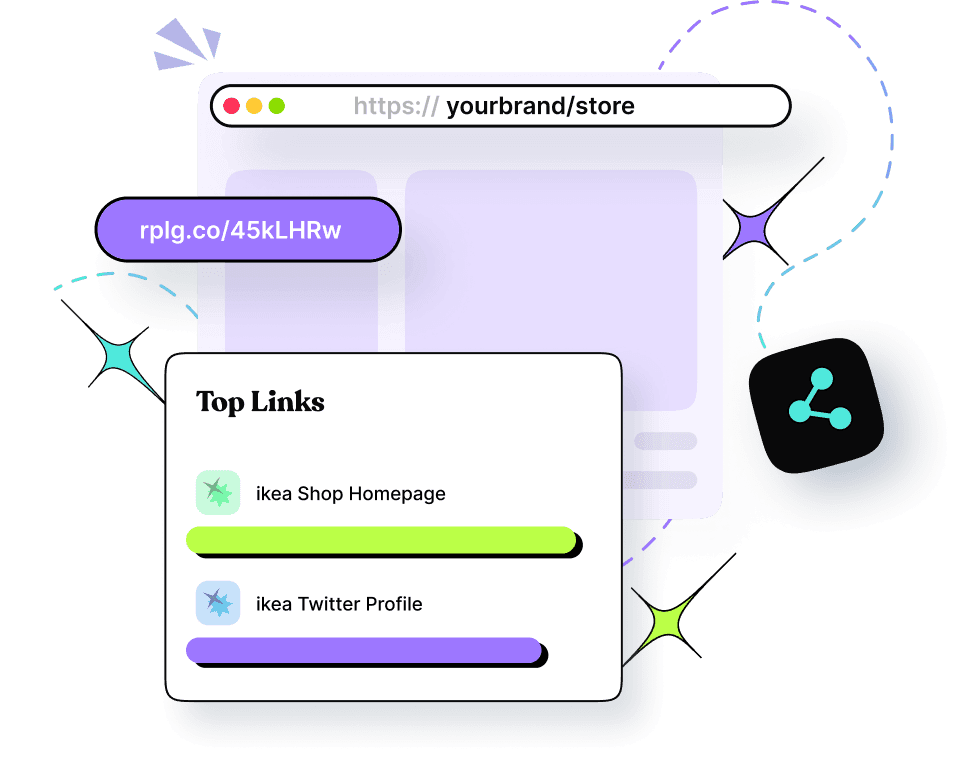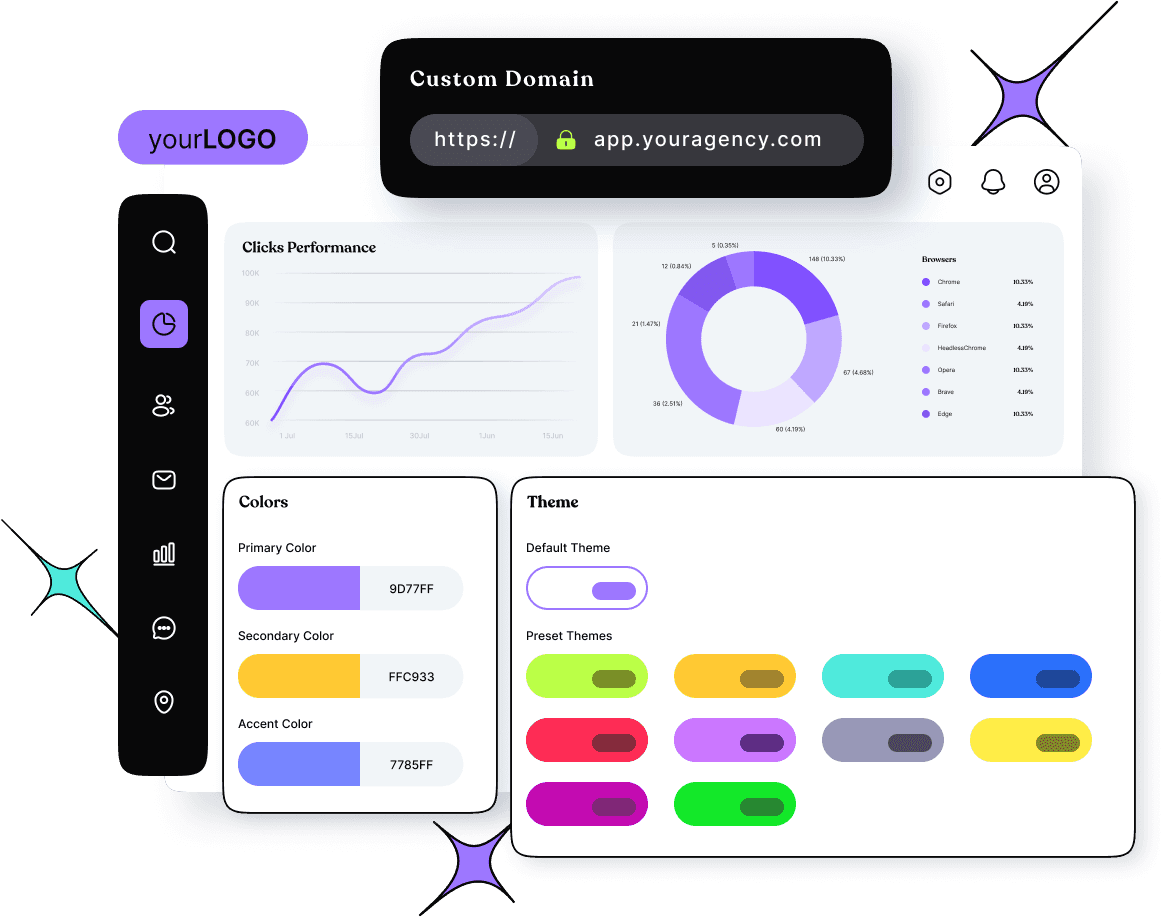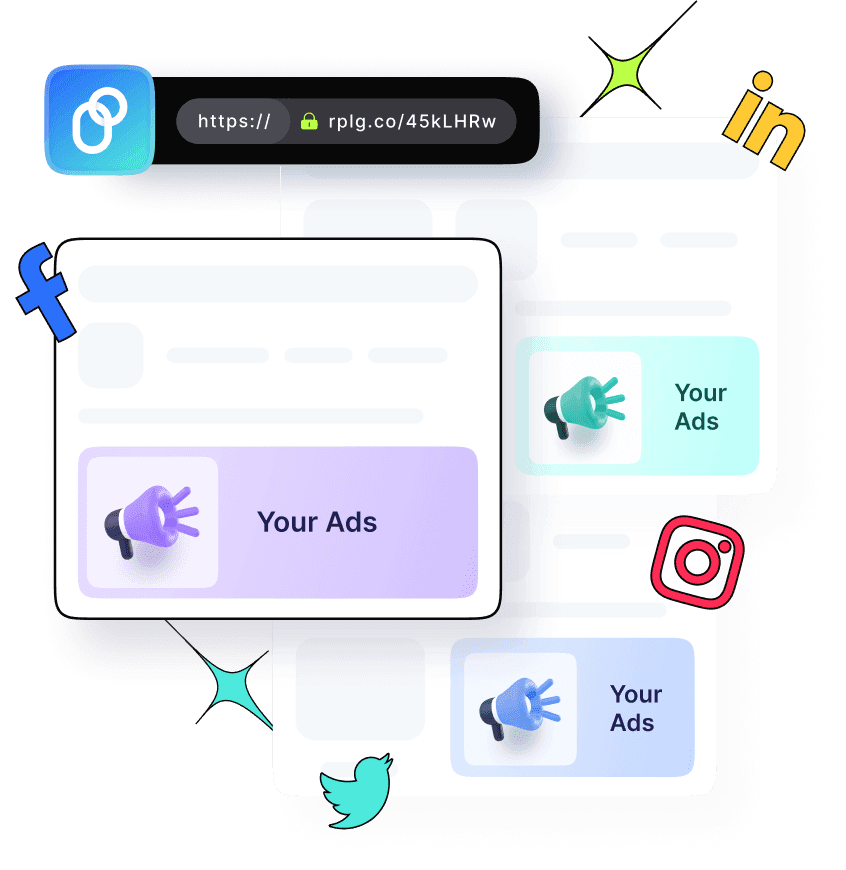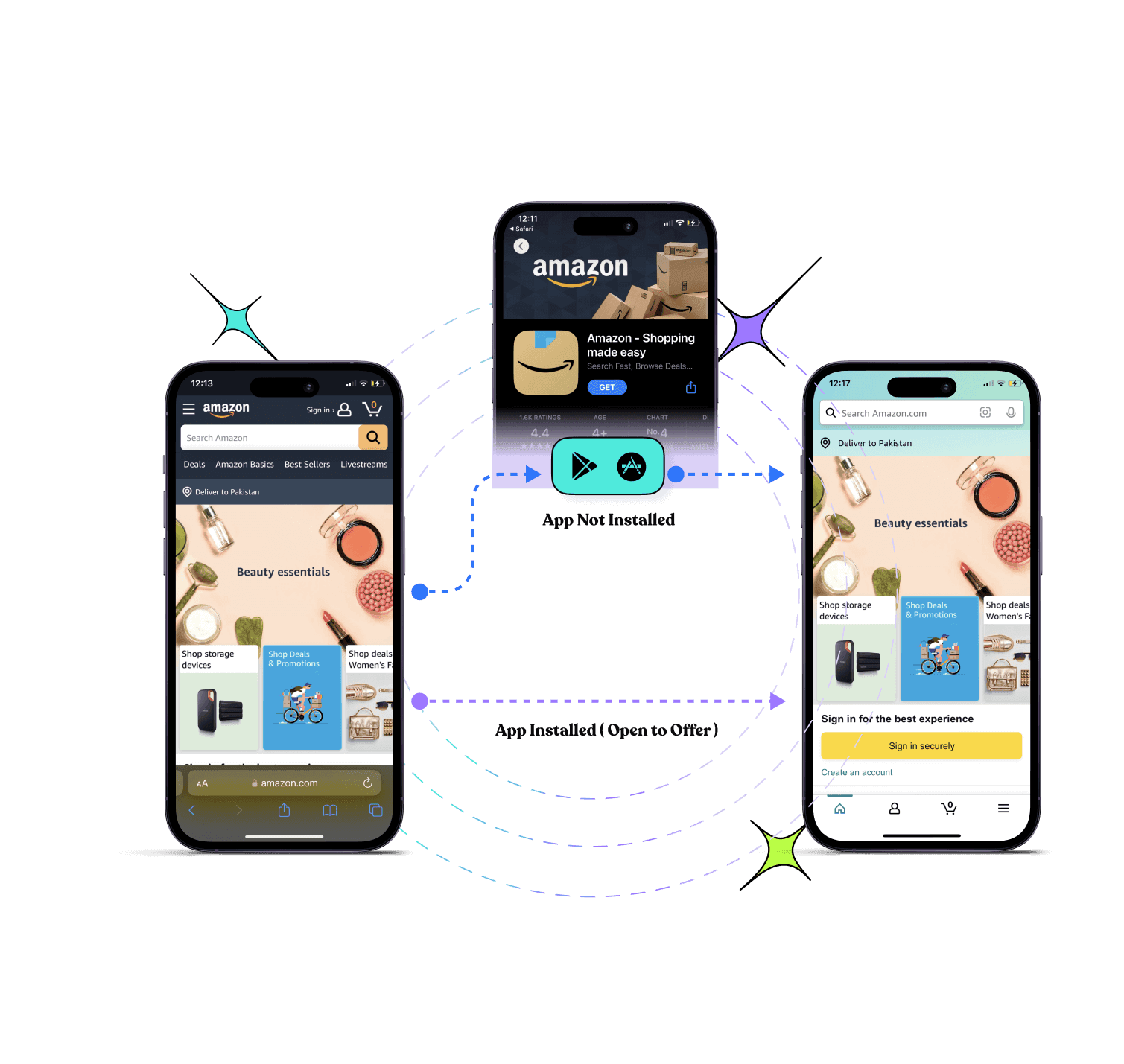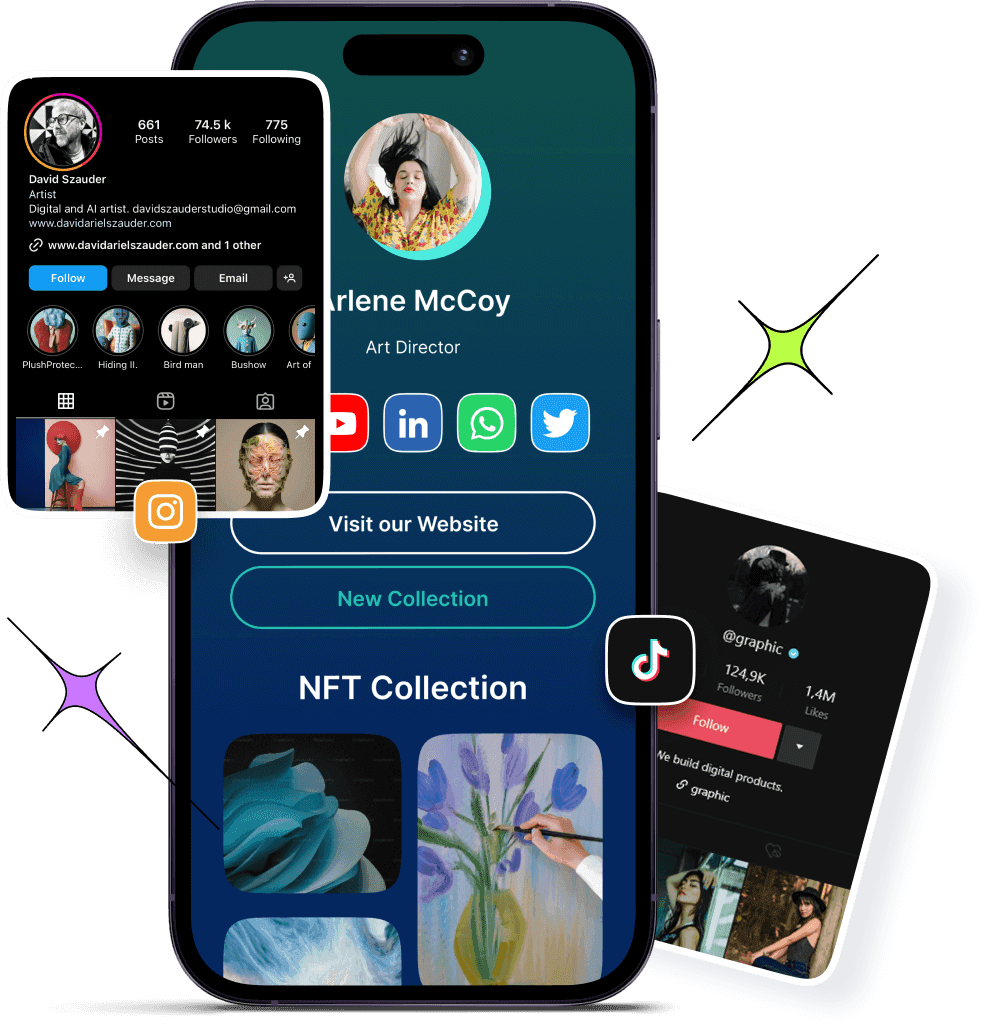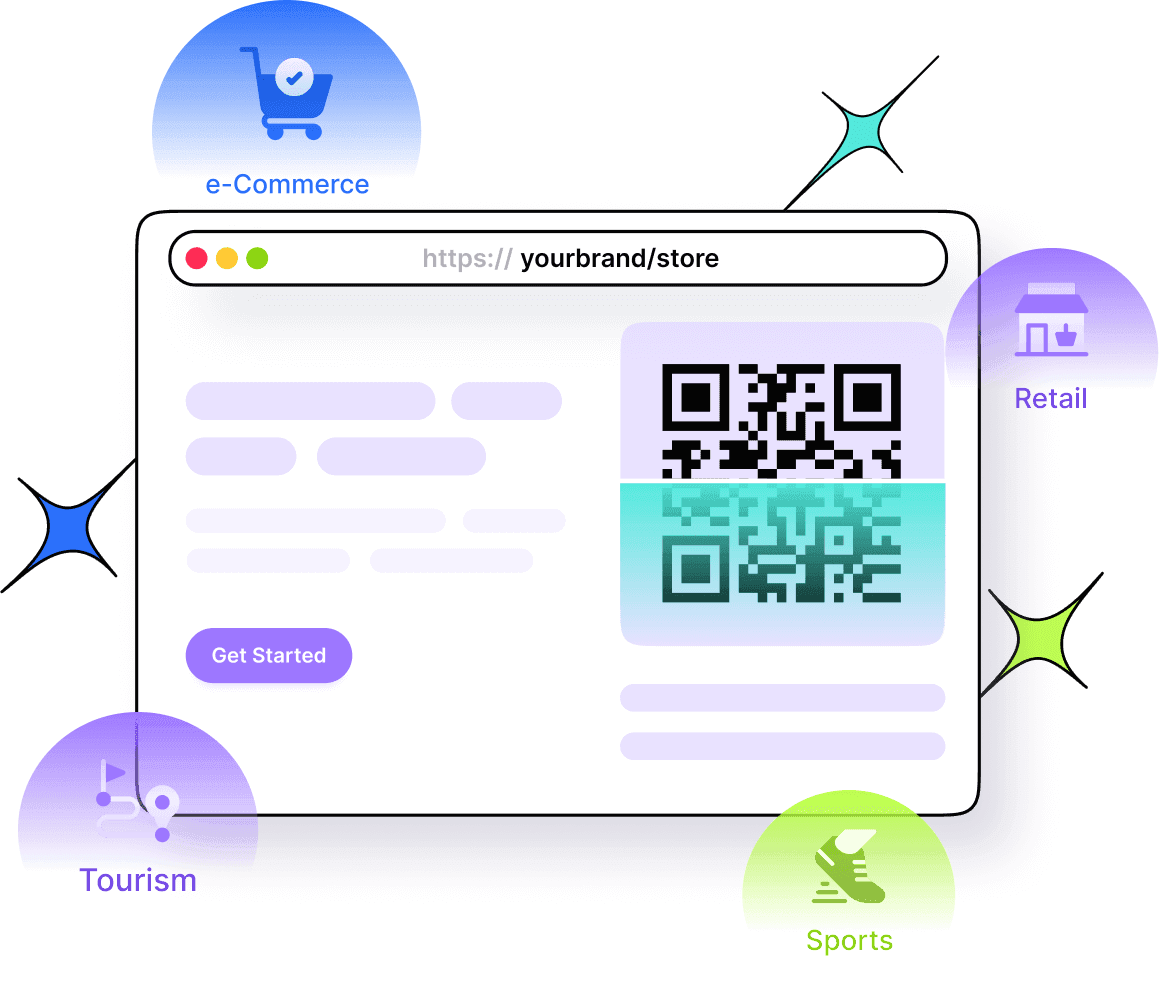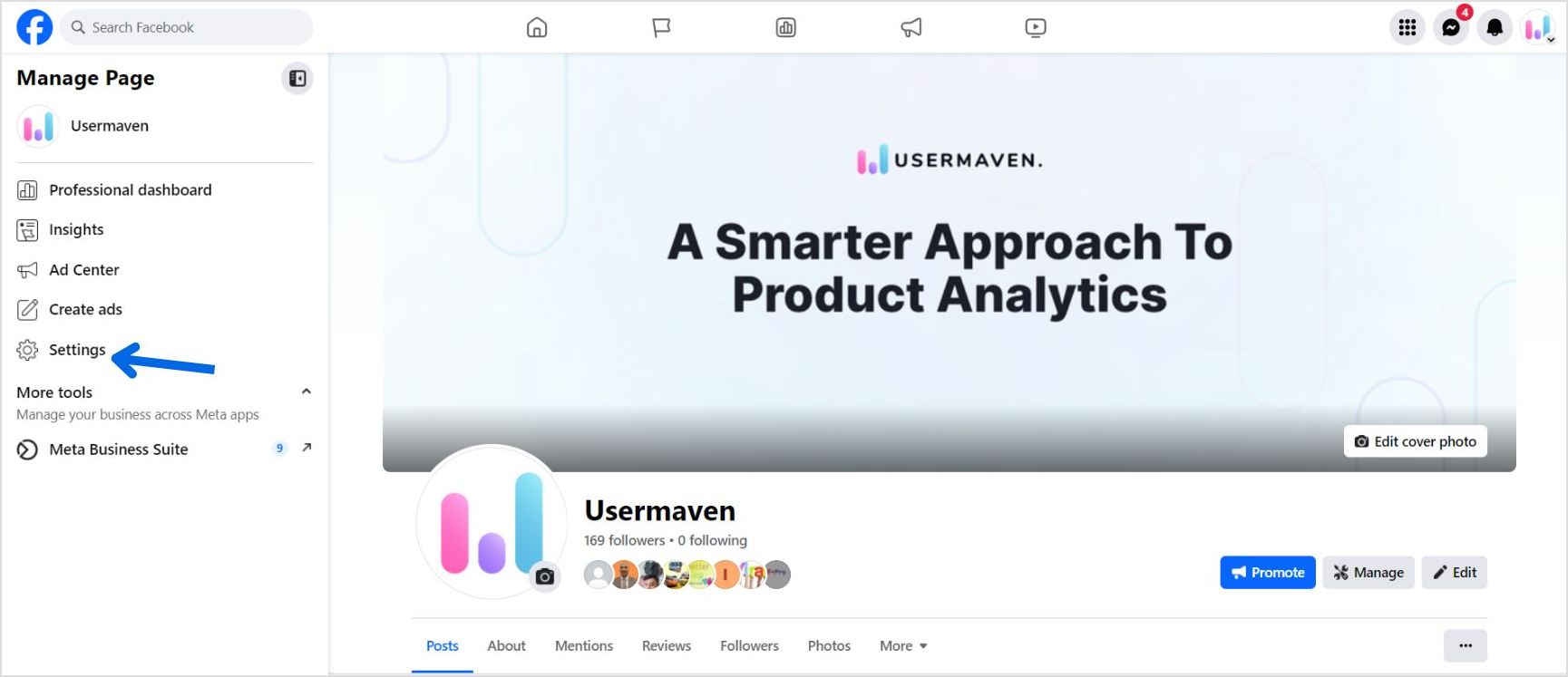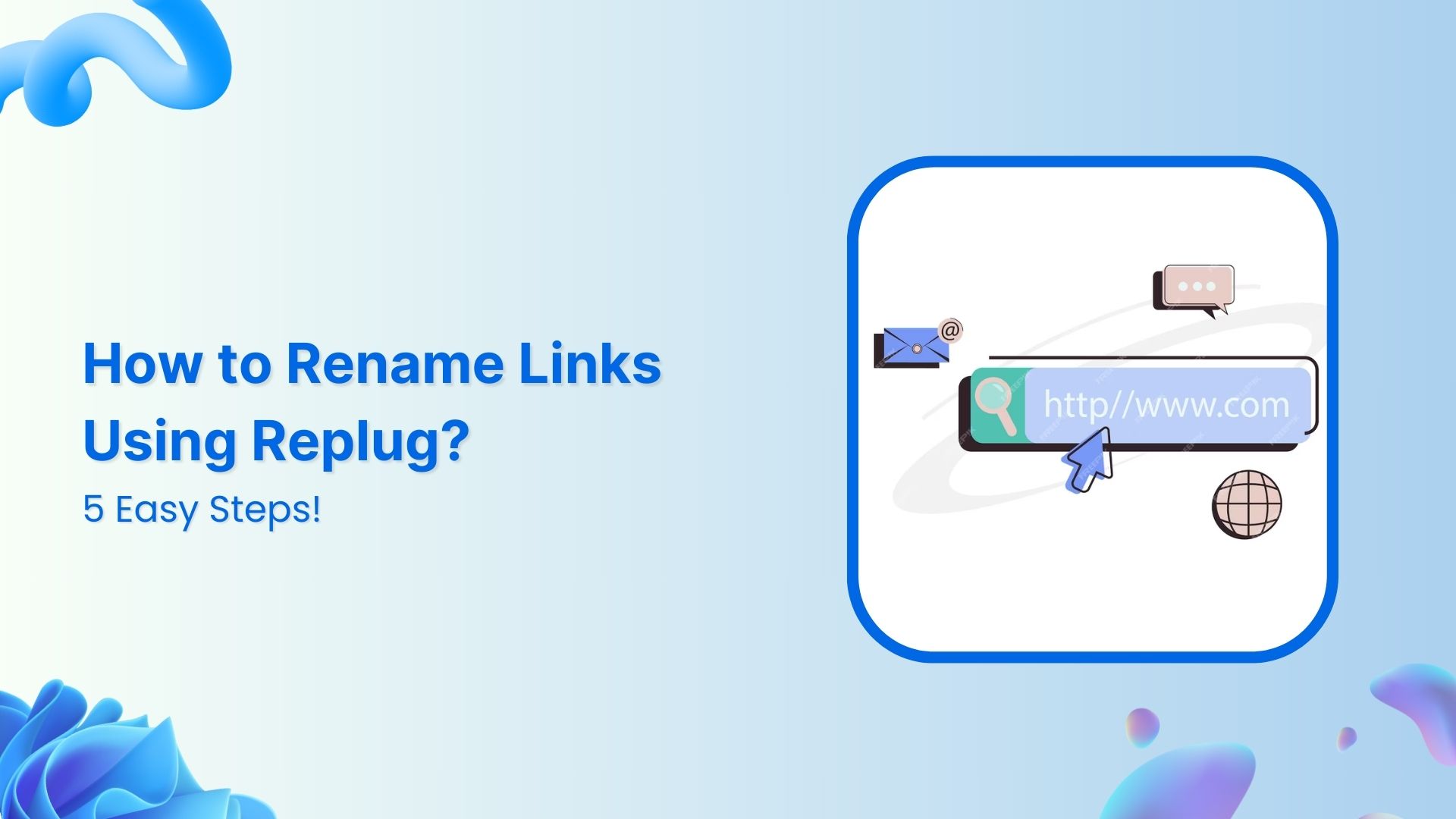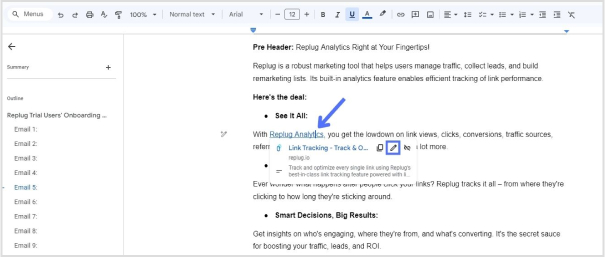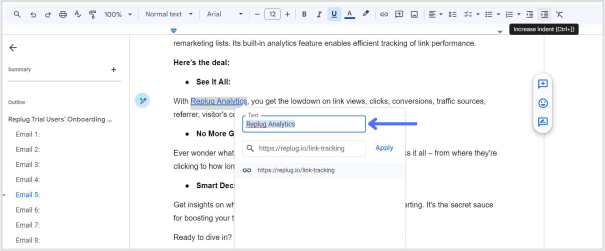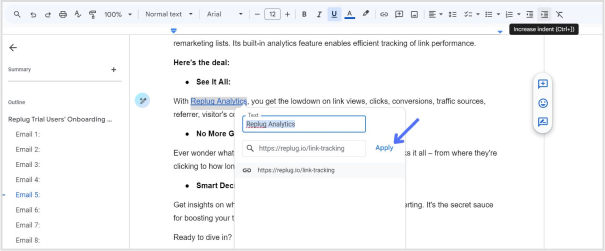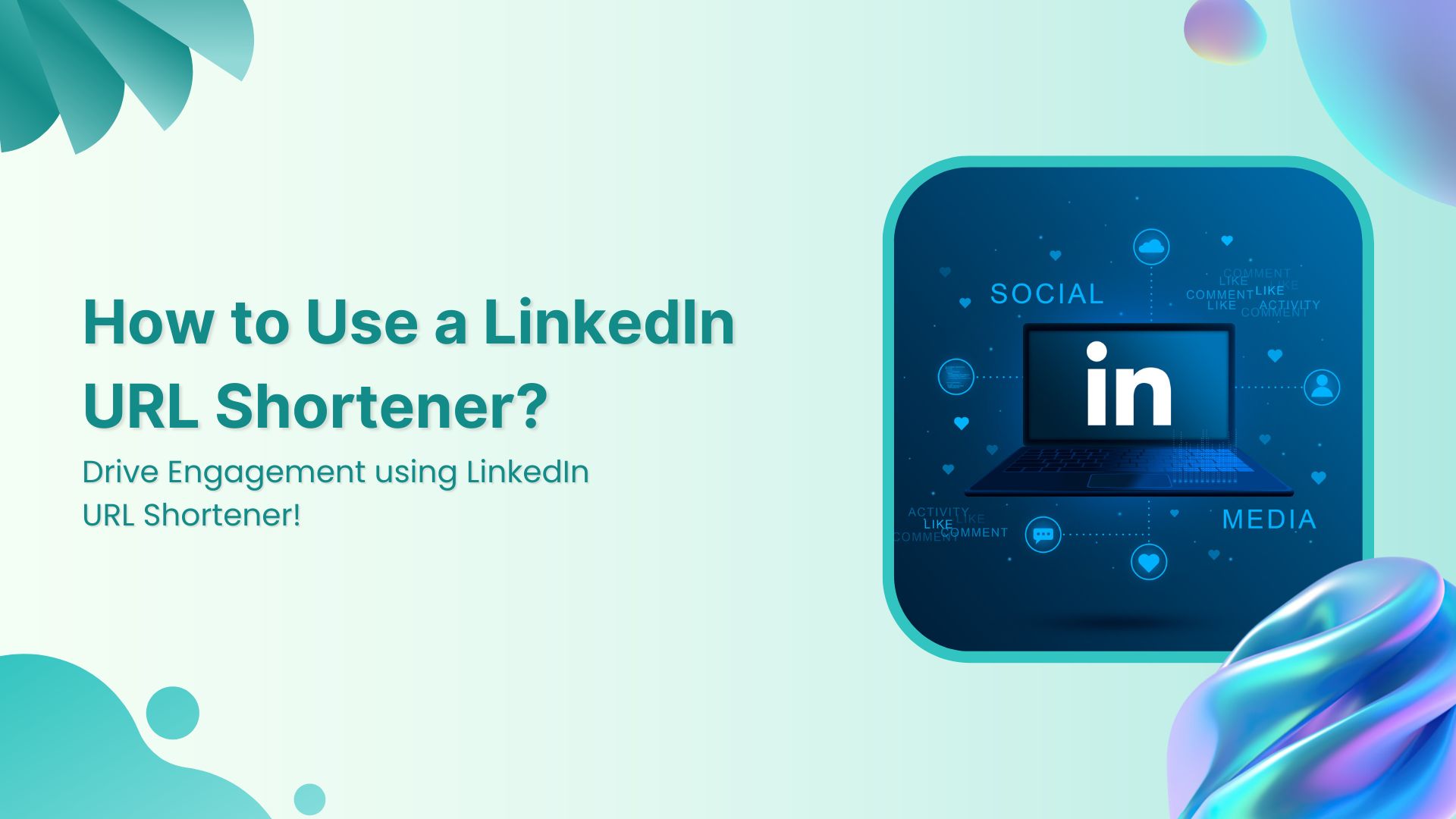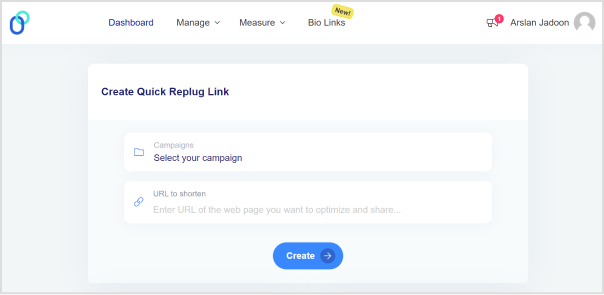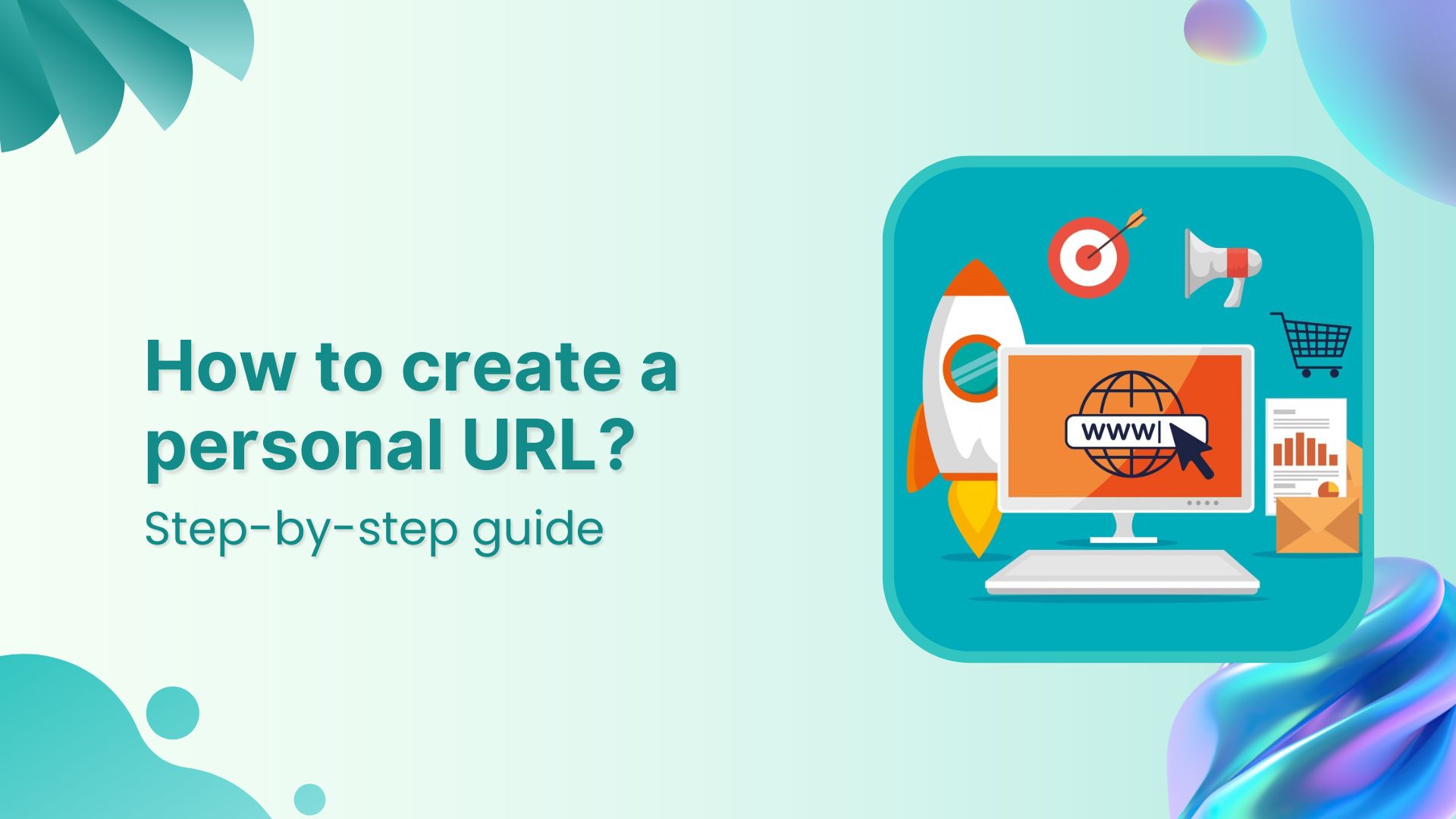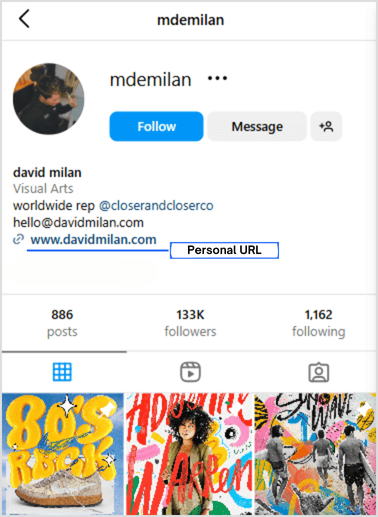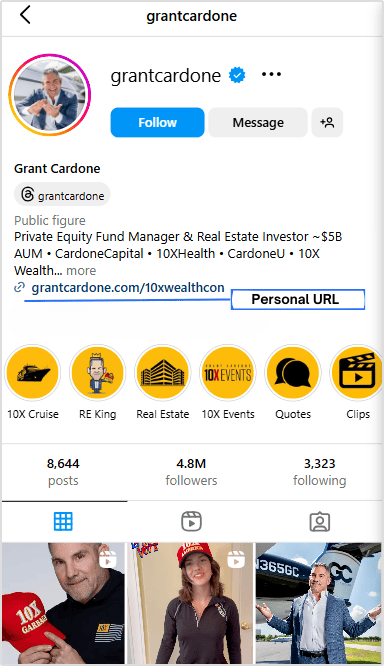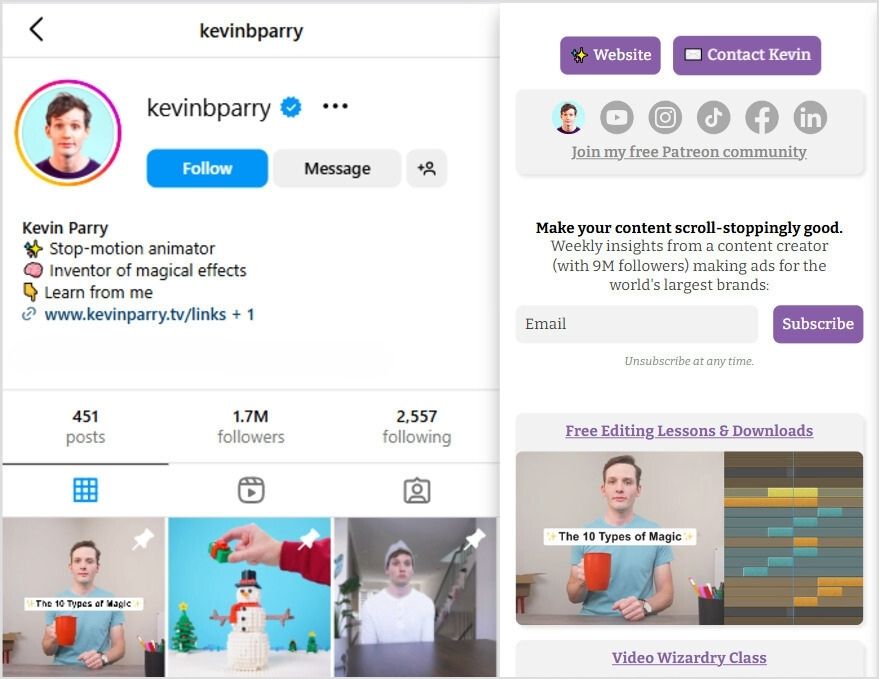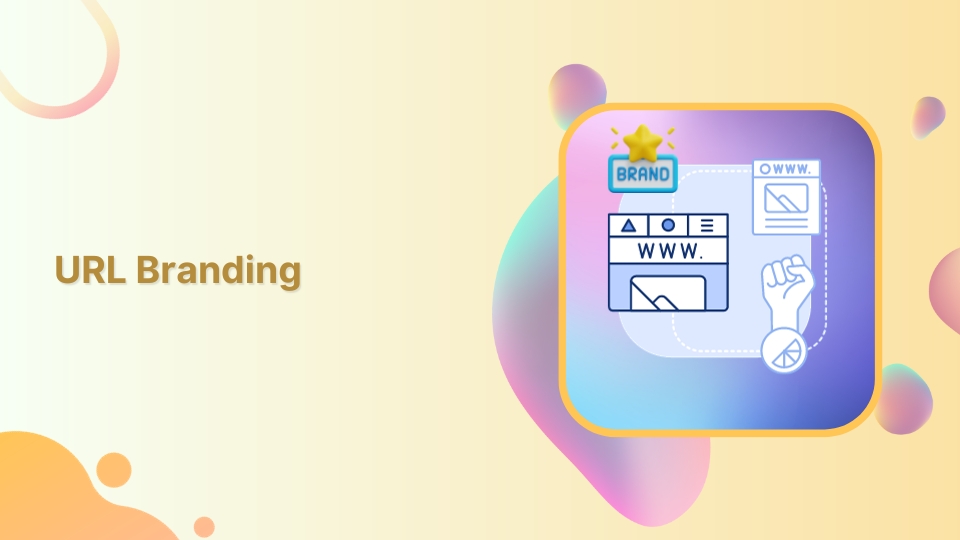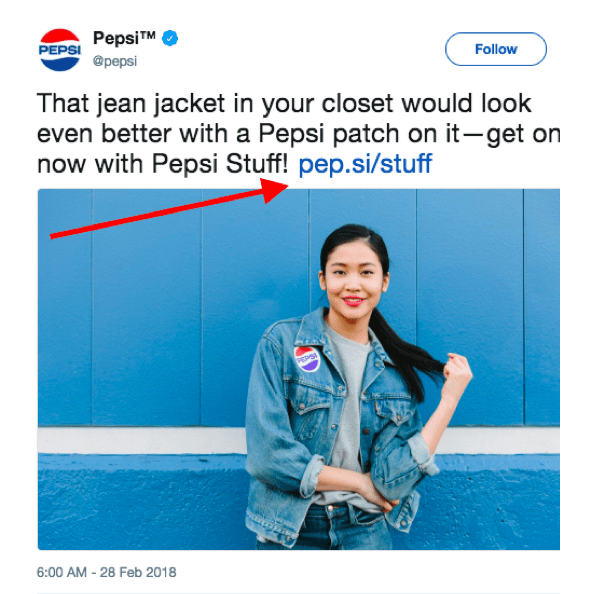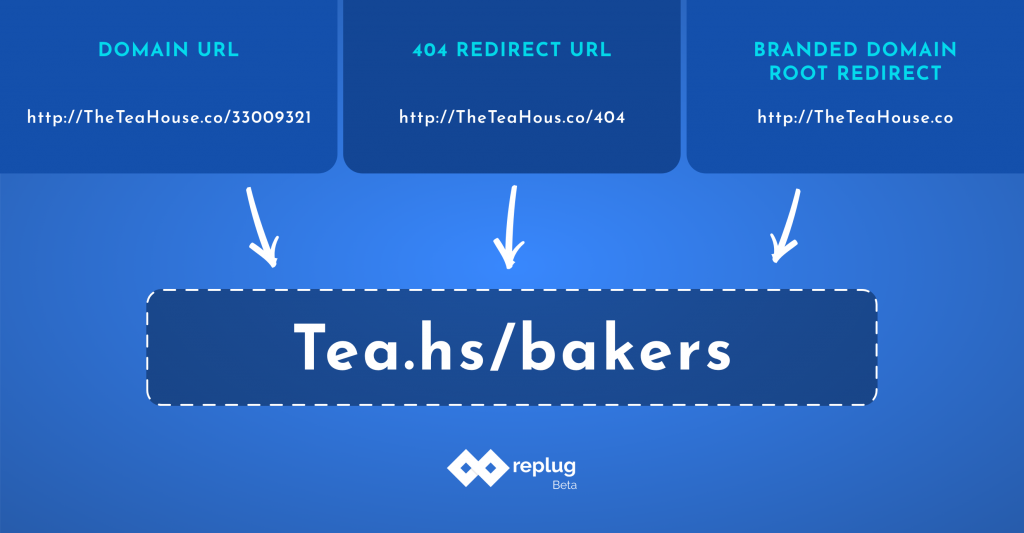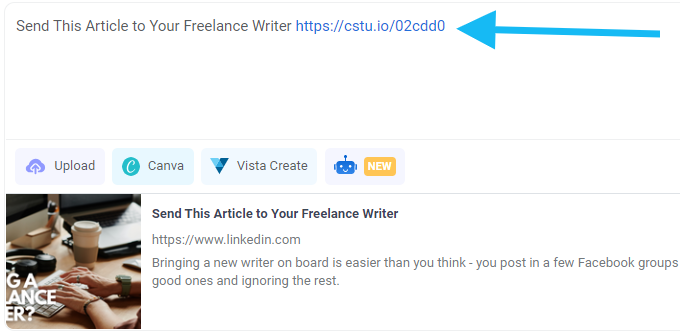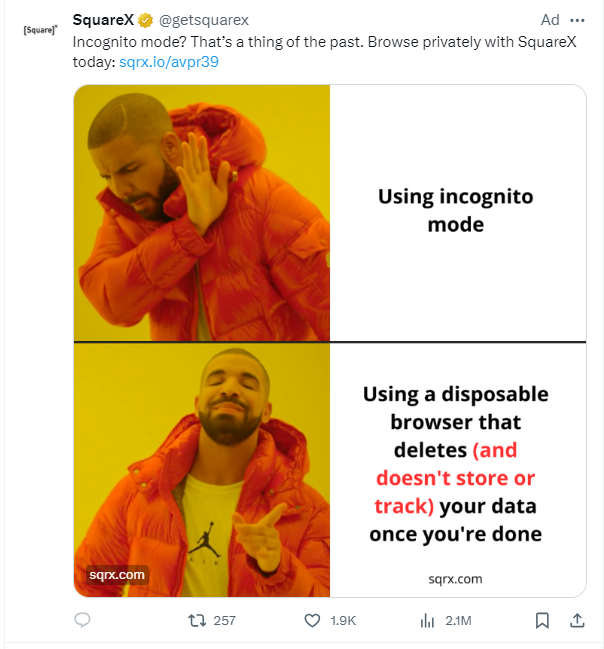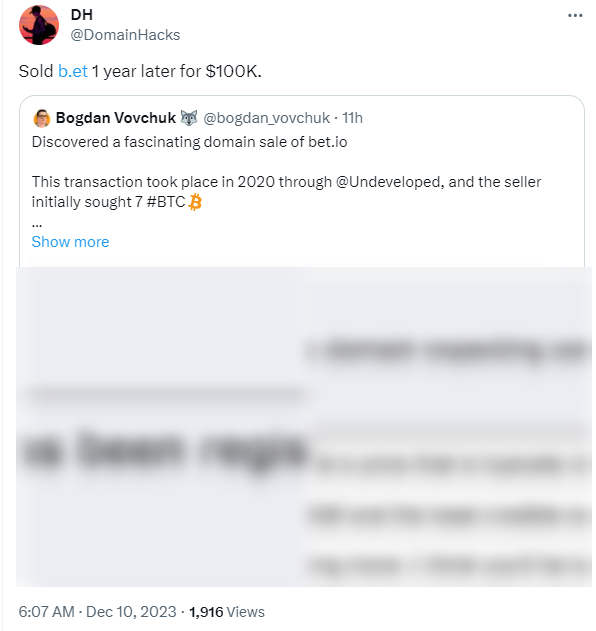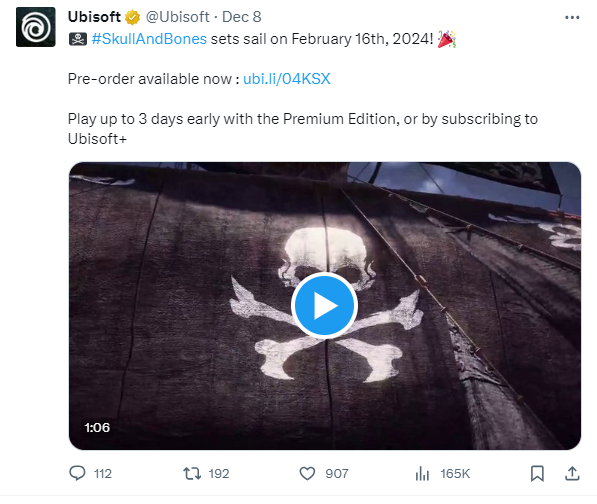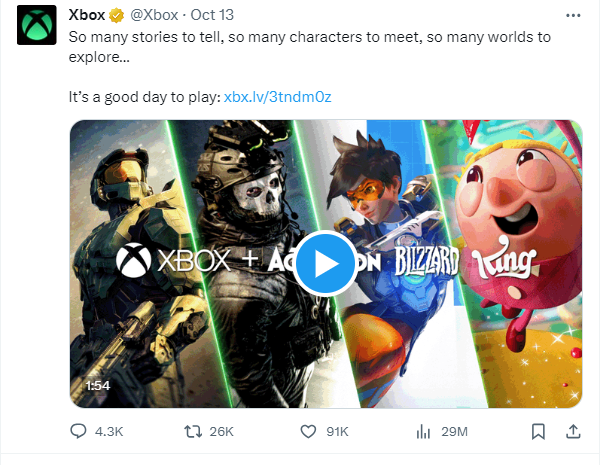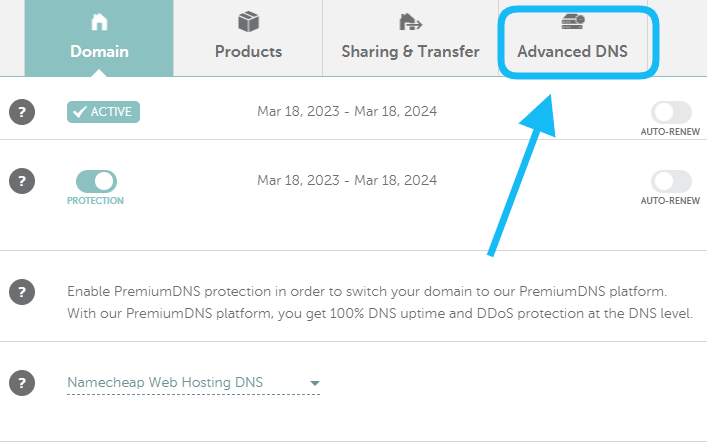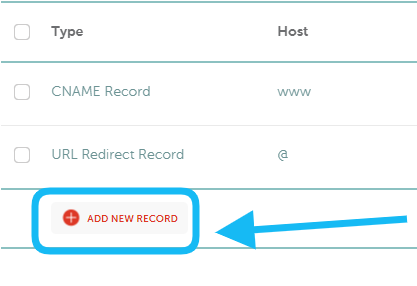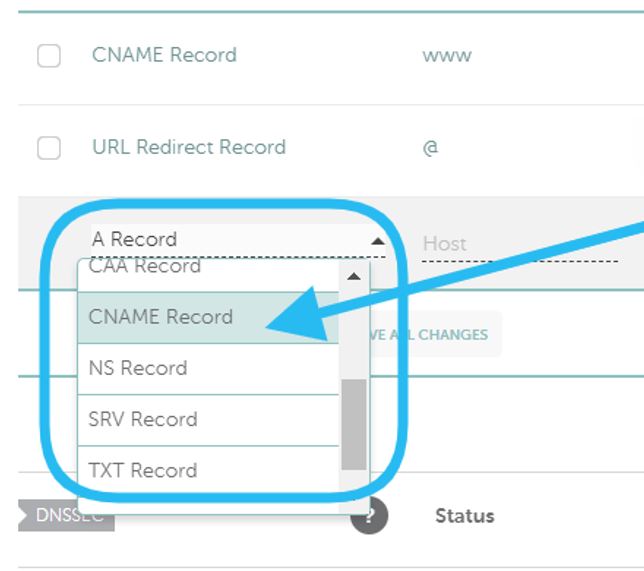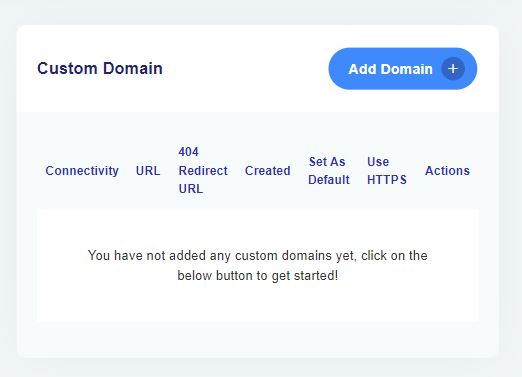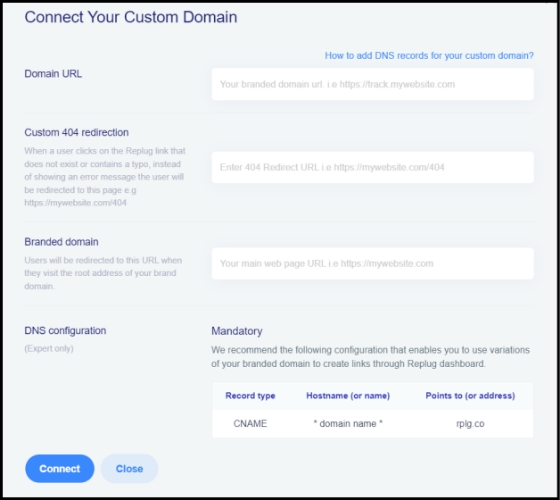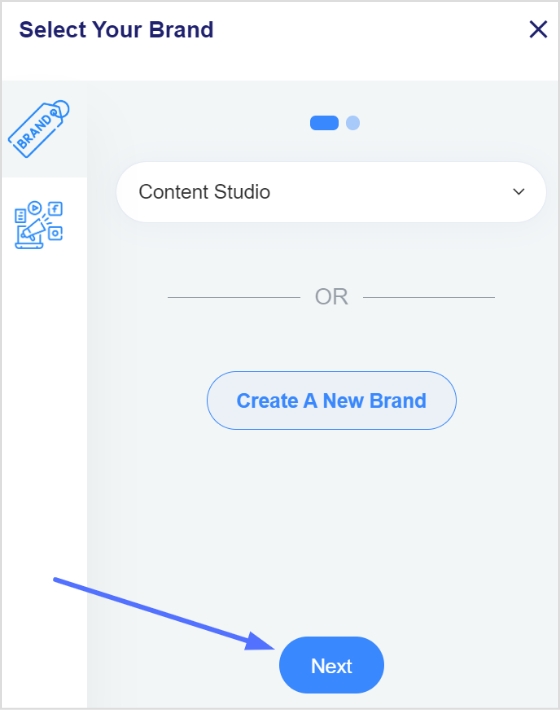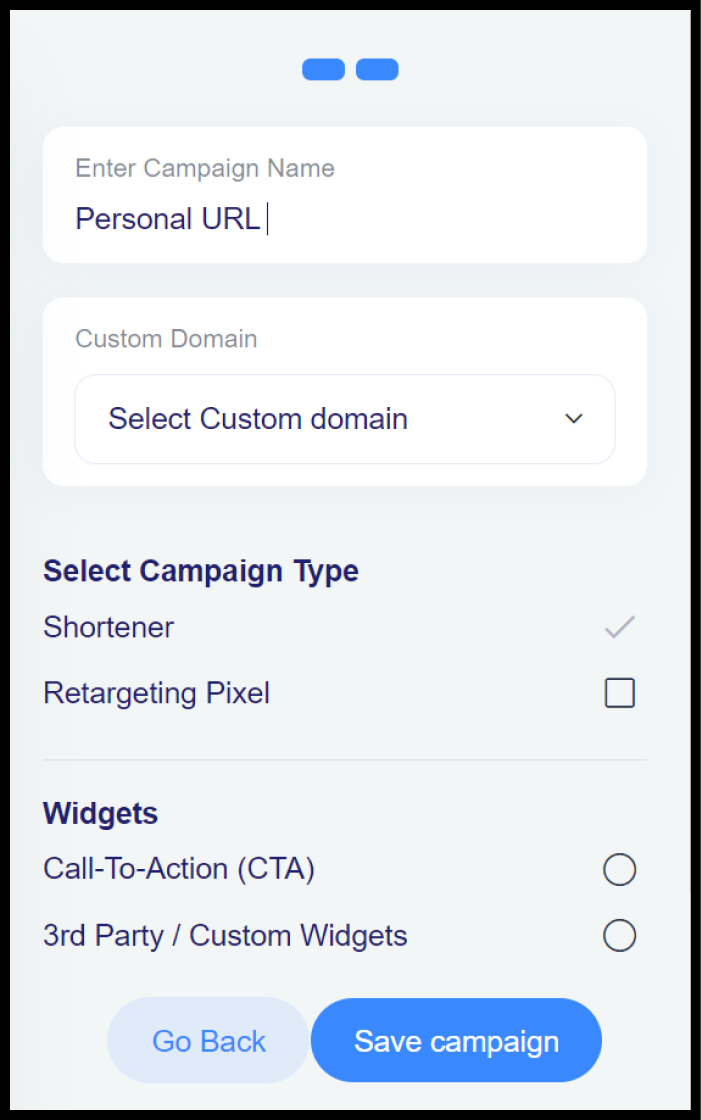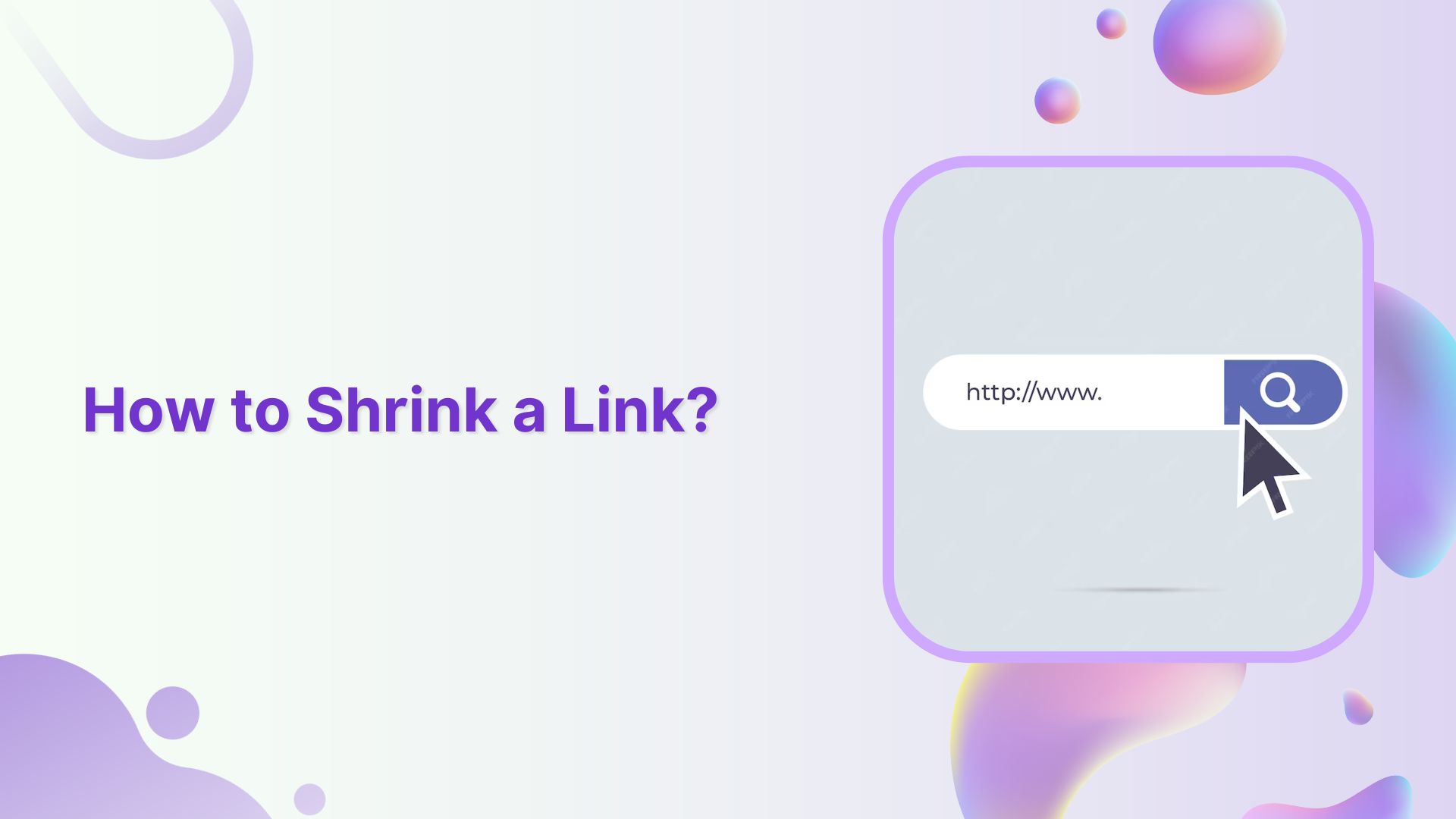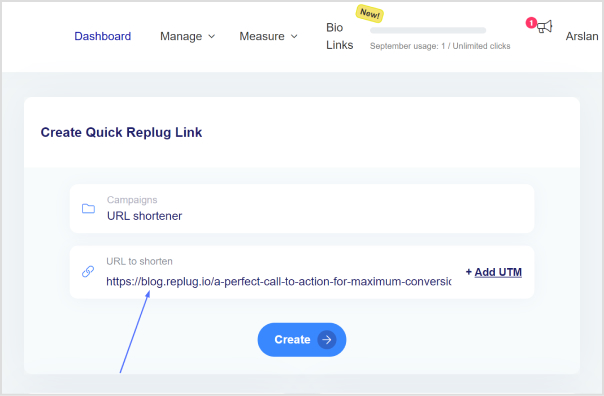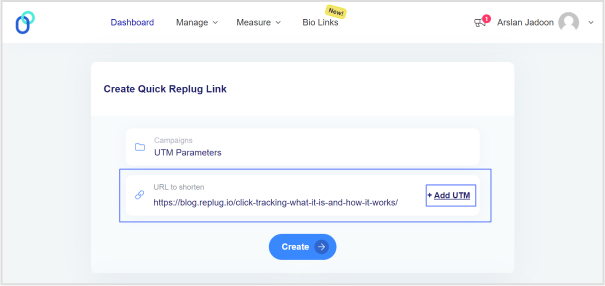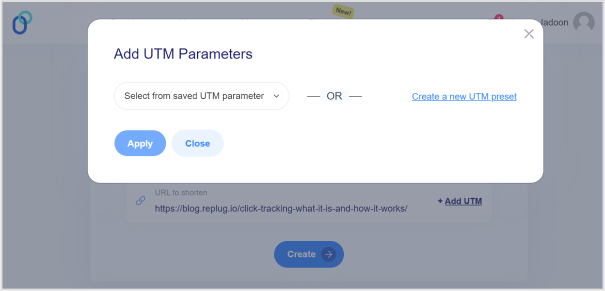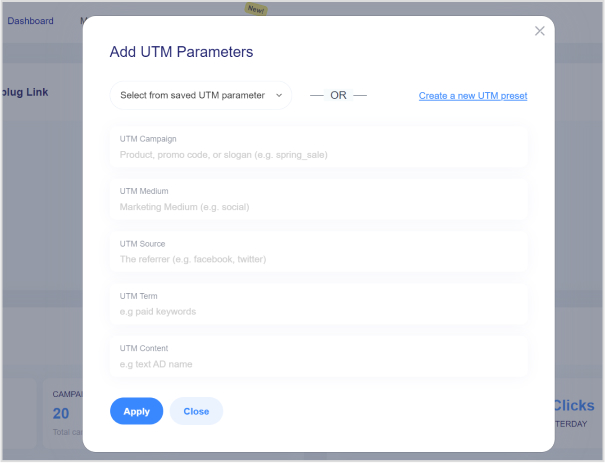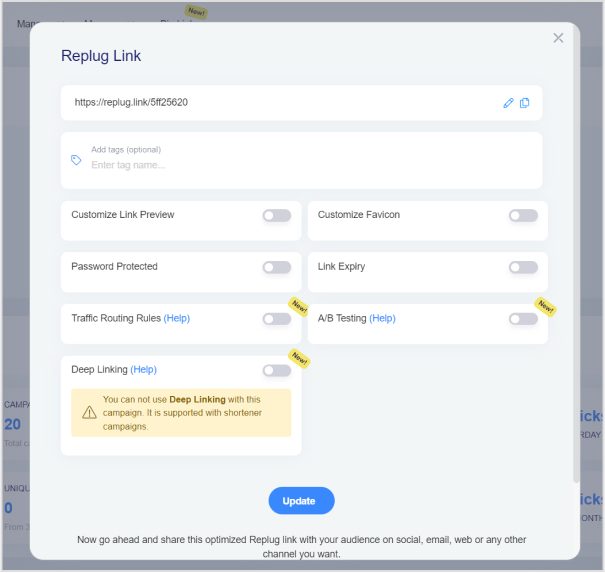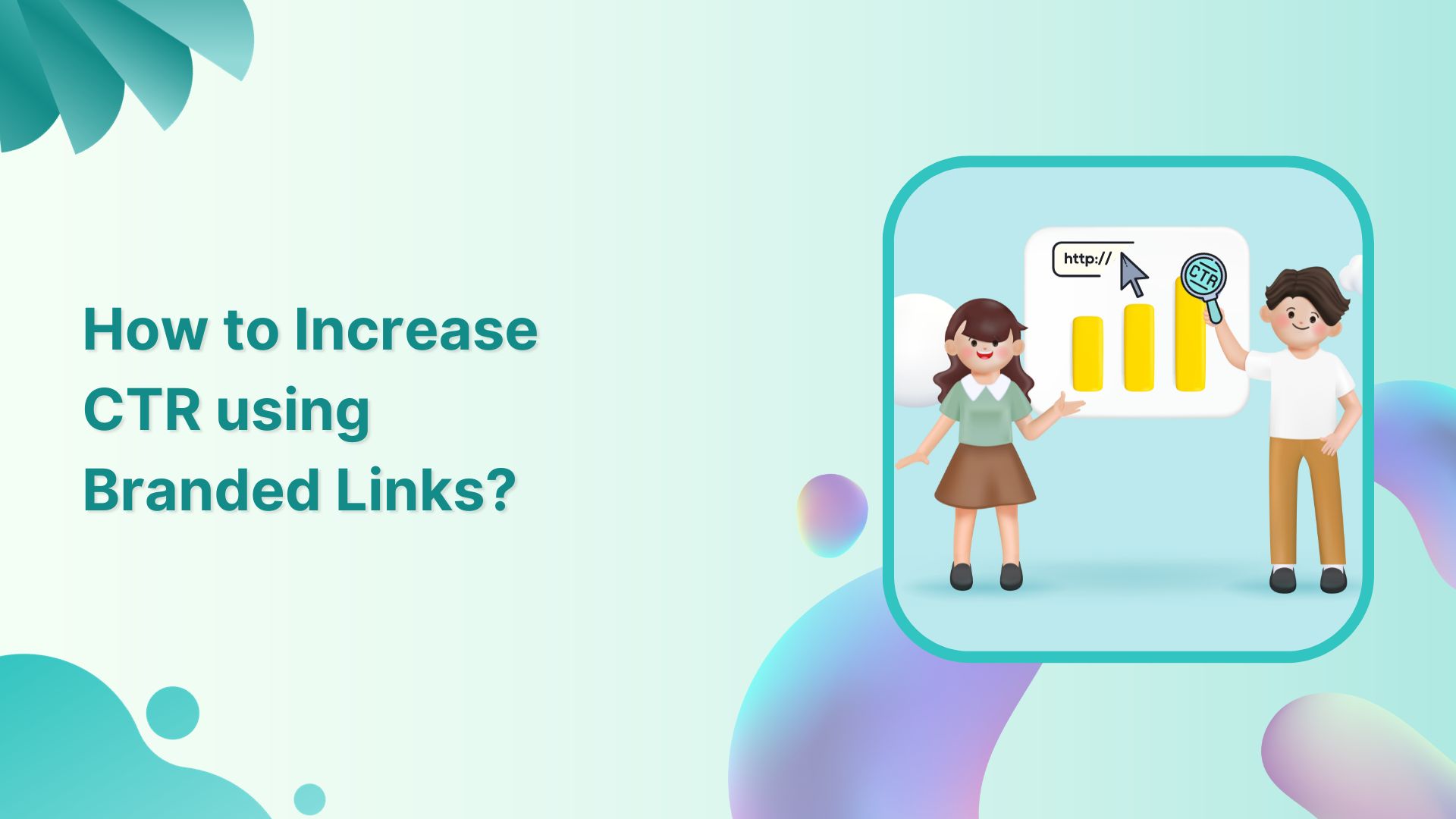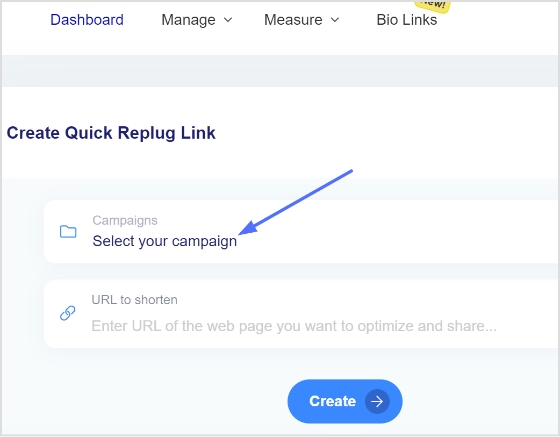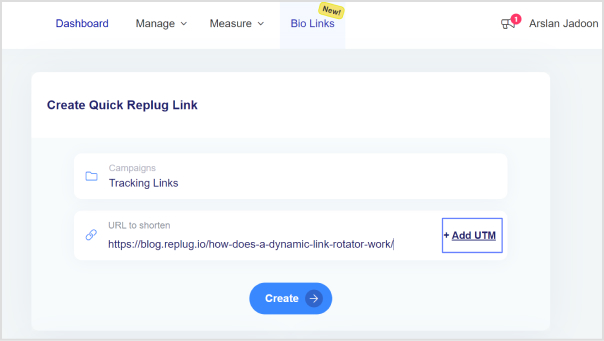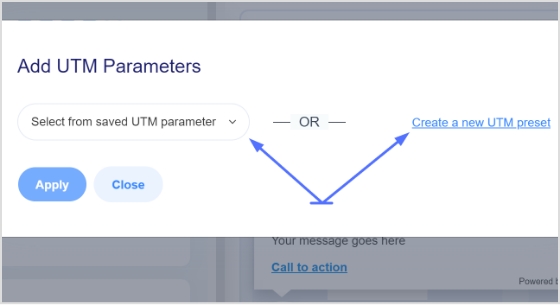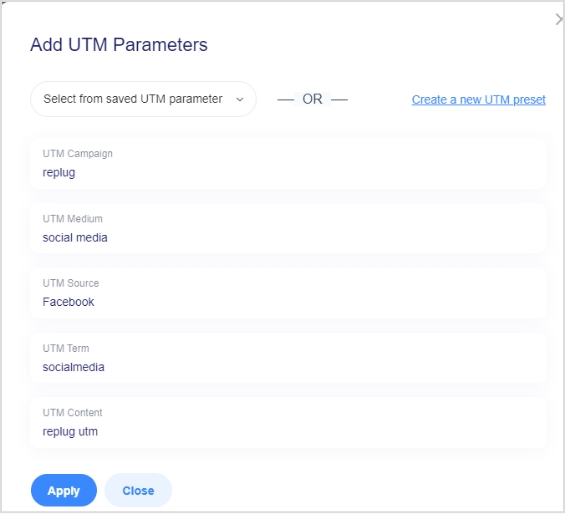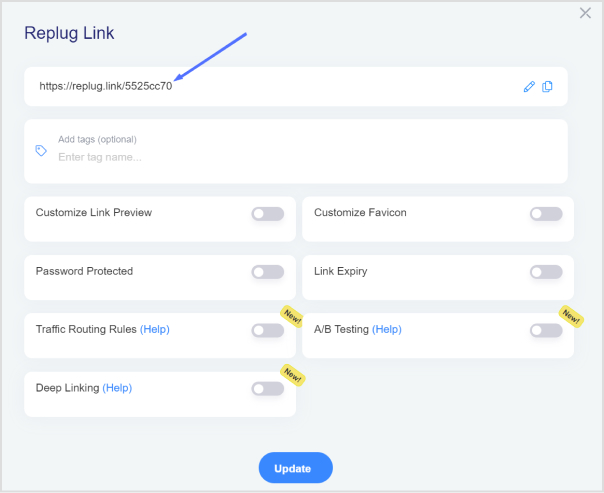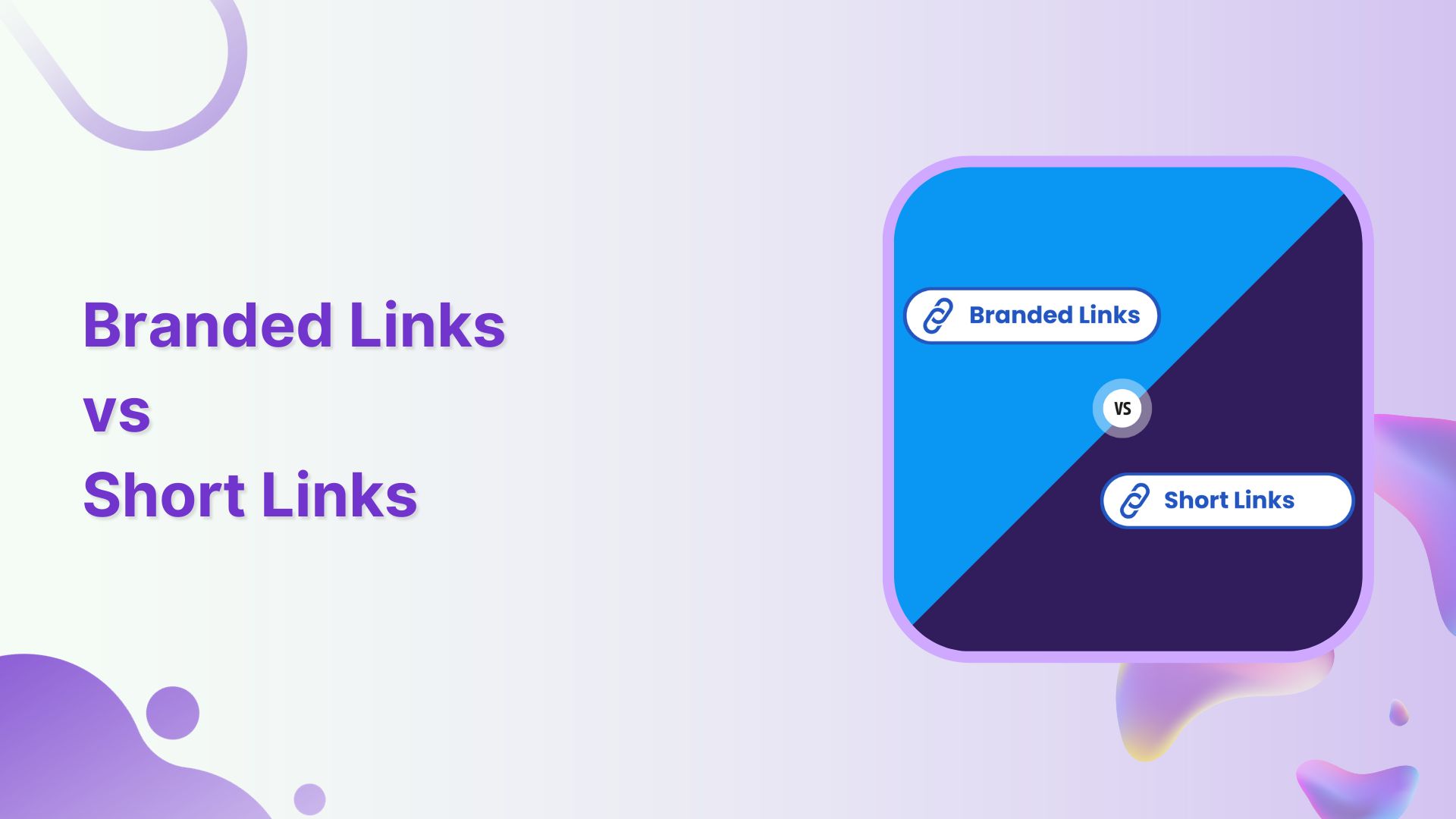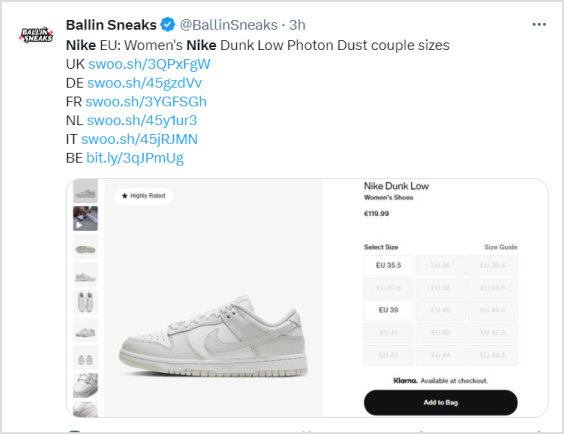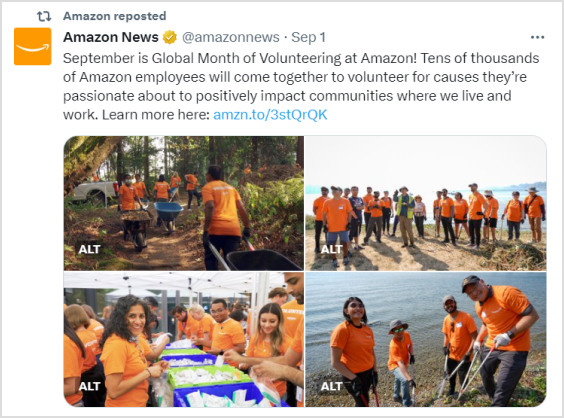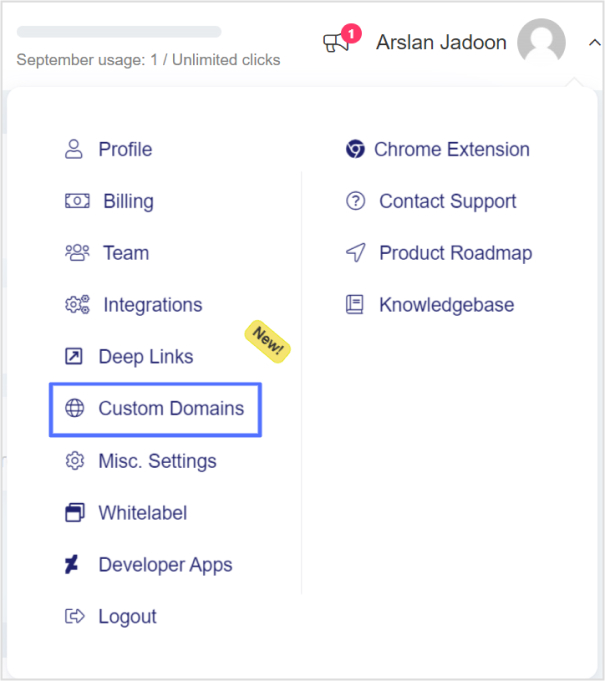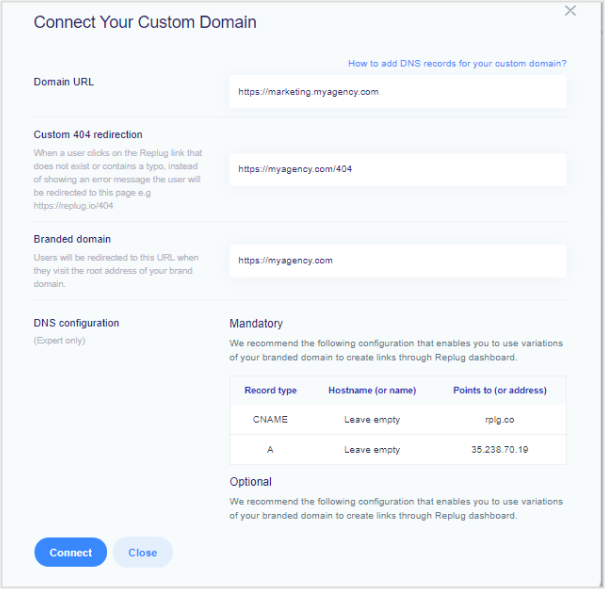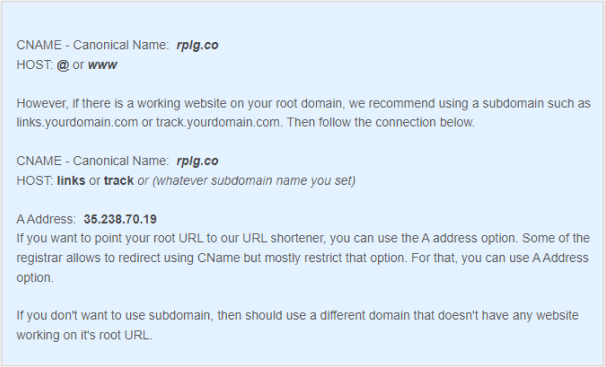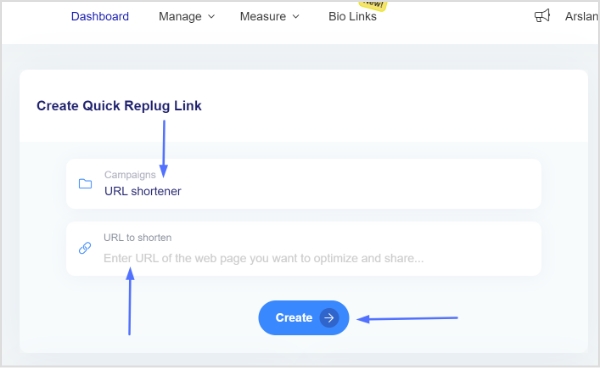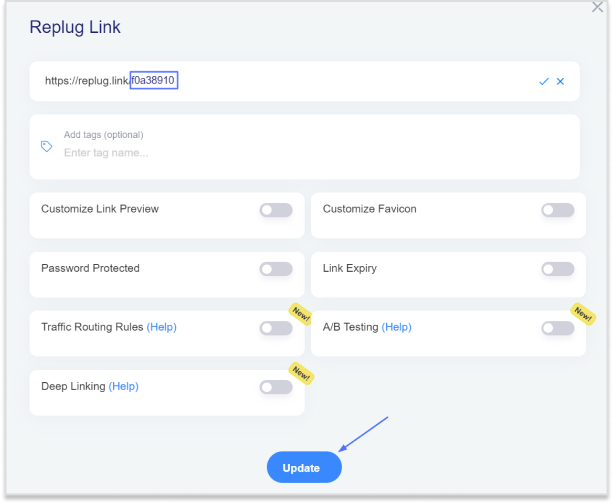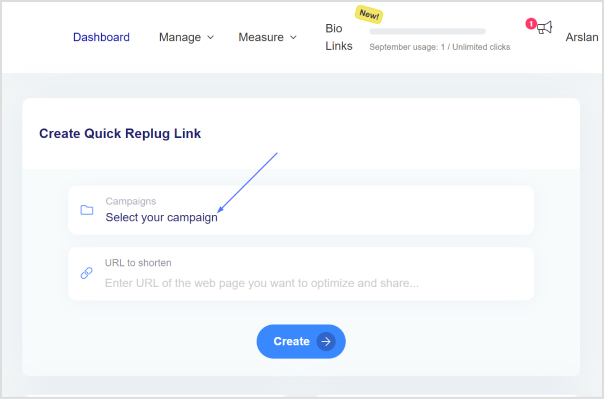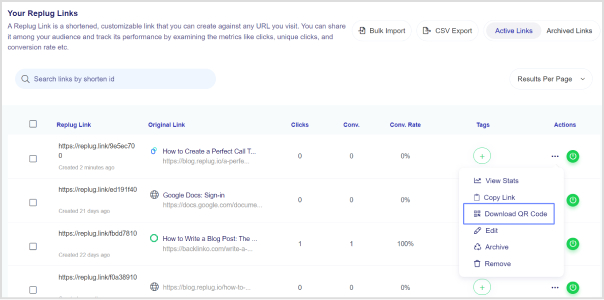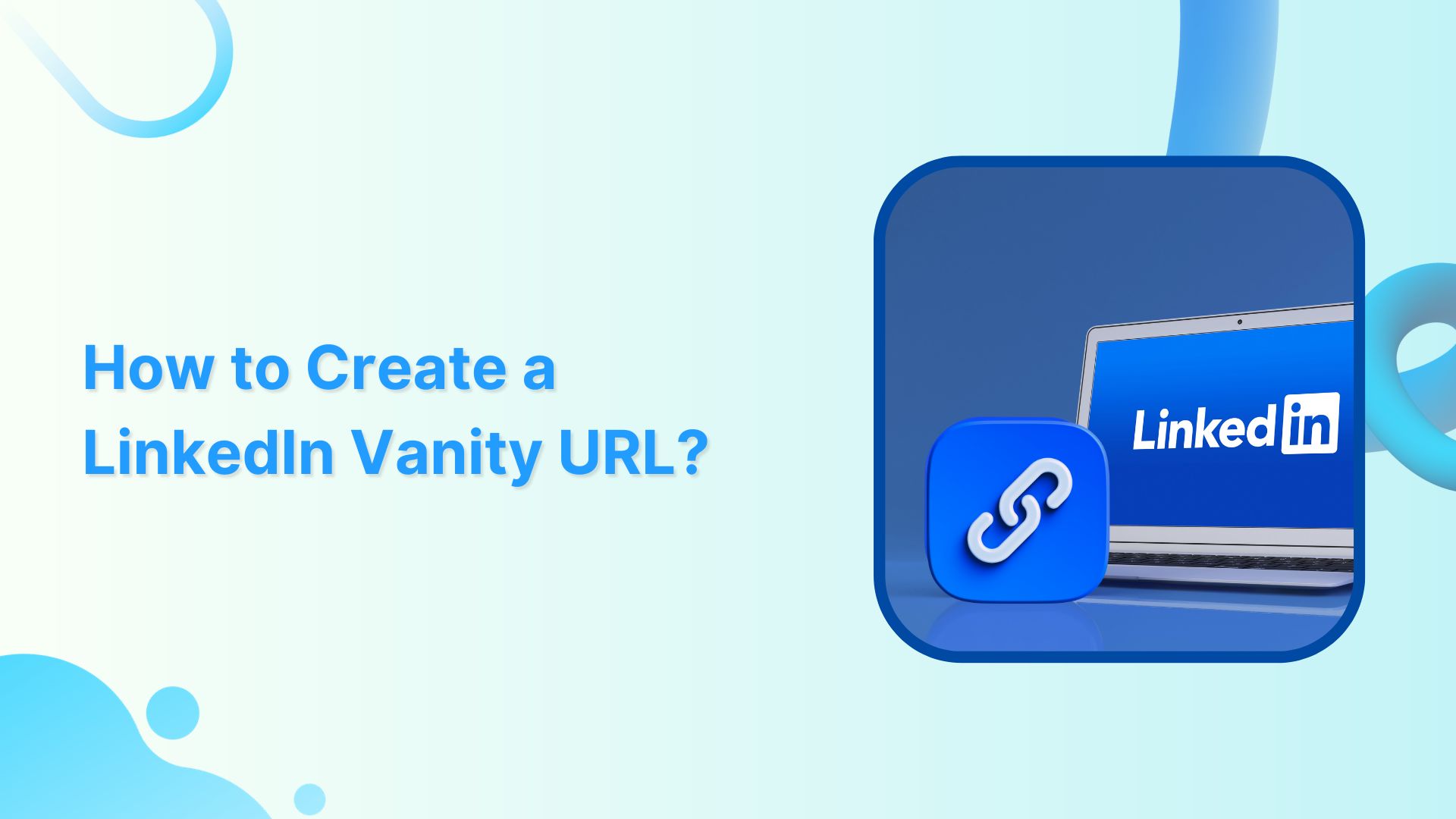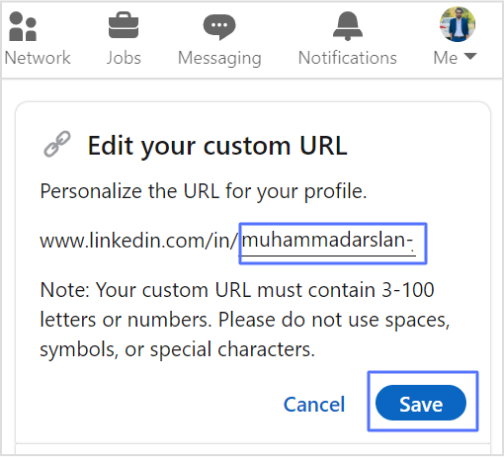Affiliate marketing is a method that allows content creators to promote products and receive commissions when the audience makes purchases through their referral links.
With a global market value of approximately $17 billion, affiliate marketing is a significant revenue stream for millions of content creators worldwide, whether they’re bloggers, podcasters, Instagrammers, or YouTubers.
It’s also true that some affiliate marketers give up sooner or later because they fail to make any money with affiliate marketing. At the same time, many affiliate marketers make a ton of money with affiliate products.
Are you reading about taking your tiny affiliate marketing business to the next level? If yes, then you better start learning about high-ticket affiliate marketing right now.
What is high-ticket affiliate marketing?
High-ticket affiliate marketing refers to promoting affiliate programs that offer high commission rates such as Replug affiliate program. There are hundreds of thousands of high-ticket affiliate marketing programs on the market that almost anyone who meets the requirements can join. However, the core reason why high-ticket affiliate programs are a big deal is that not everyone gets accepted, at least in most cases.
This doesn’t necessarily mean these affiliate programs are secret or invite-only—they’re out there, but many affiliates are unable to find them.
It’s a common belief that these are the tier-1 affiliate programs that only allow well-known influencers, high-authority blogs, and large-scale publishers to join. However, it’s not always the case. A lot of companies have high-ticket affiliate programs that don’t have strict criteria for affiliates to join their program.
Also Read: Pinterest affiliate marketing for beginners
How much does a high-ticket affiliate marketing pay?
A high-ticket affiliate marketing commission can be anywhere between $100 to $2,500 per sale, depending on the product price. However, there may be luxurious products that pay more than that.
Top affiliate marketers, pro-bloggers, and social media influencers make a ton of money through various income streams. Affiliate marketing is surely one of their top income sources. These industry experts usually go for multiple high-ticket affiliate programs to make hundreds of thousands of dollars every month.
Jacky Chou is one of the popular bloggers in the SEO and affiliate marketing world. He makes a ton of money across different affiliate programs, such as Amazon Associates, and the Mediavine ad network.
You may also like: How to post Amazon affiliate links on Facebook?
23 best high-ticket affiliate marketing programs for beginners
Let us share some of the best high-ticket affiliate marketing programs for beginners to join in and start making money:
1. Replug
An all-in-one tool simplifies link management with shortening, tracking, and optimization features. Here’s what Replug offers:
- Custom-branded URLs: Shorten links with your brand.
- Retargeting pixels: Track and retarget visitors.
- Link rotator: Rotate URLs for testing and distribution.
- Bio-link pages: Merge multiple links into one page.
- Link analytics: Track link performance.
- White-label solution: Brand the tool as your own.
- A/B testing: Find the best link versions.
- QR codes: Create scannable links.
- Customizable links: Enhance trust and appearance.
- Click magnet: Maximize clicks and earnings.
- Extras: Password protection, UTMs, bulk management.
Become a Replug affiliate and access your unique referral link through our dashboard to start earning!
Commission: 30% on every new customer that signs up
Affiliate platform: FirstPromoter
Cookie period: 30 days
Link Management Made Easy
Your go to link management tool for CTAs, branded and bio links, QR Codes, tracking and retargeting.
Get Started for FREE!
2. ContentStudio
ContentStudio is a comprehensive platform designed to streamline content and social media management. Easily find and utilize trending content to keep your audience engaged and informed. Then, plan and schedule posts across multiple social media platforms from one place, saving you time and effort.
Besides all that, monitor the performance of your content with detailed analytics to understand what works and refine your strategy for better results.
Become a ContentStudio affiliate and earn a solid recurring commission for every customer you bring on board. The more creative you get in sharing its powers, the bigger your income stream grows.
Commission: 30% on every new customer that signs up
Affiliate platform: FirstPromoter
Cookie period: 30 days
3. Usermaven
Usermaven is a lightweight, feature-rich, and user-friendly product and web analytics tool. Which helps you turn user behavior into actionable insights to help you increase product adoption and reduce churn.
Here are some of the most prominent features of Usermaven:
- Funnel insights
- User journey analysis
- Segmentation
- Product engagement
- Acquisition channels
- Multi-touch attribution
- User retention
Become a Usermaven affiliate and earn 20% recurring commissions for referring to Usermaven’s amazing website and product analytics tool.
Commission: 20% on every new customer that signs up
Affiliate platform: FirstPromoter
Cookie period: 30 days
4. Teachable

Teachable is yet another platform for creating online courses, coaching, and digital goods without relying on any third-party tools. It also has an affiliate program that pays well. If you’re in the online courses or coaching niche, then you might want to check this platform out.
Commission: Up to 30% (for a year)
Affiliate platform: Impact
Cookie period: 30 days
5. Authority Hacker
Authority Hacker is a well-established internet marketing platform that offers a paid course and community around building and growing a website. The Authority Hacker podcast is one of the most popular SEO and digital marketing podcasts in the industry. Above all, they have an attractive affiliate program that pays a hefty commission.
Commission: $1,979 per sale
Affiliate platform: In-house affiliate program
Cookie period: 60 days
6. Shopify
Shopify is a top-tier e-commerce platform used by hundreds of thousands of merchants and retailers across the globe. This e-commerce giant runs a successful, high-ticket affiliate marketing program. It’s a great affiliate program for mentors, entrepreneurs, and experts who teach and preach the e-commerce business model.
Commission: $25 to $150
Affiliate platform: Impact
Cookie period: 30 days
Branded Short Links
Create and track branded short links for your business for better conversions.
Brand Your Links Now!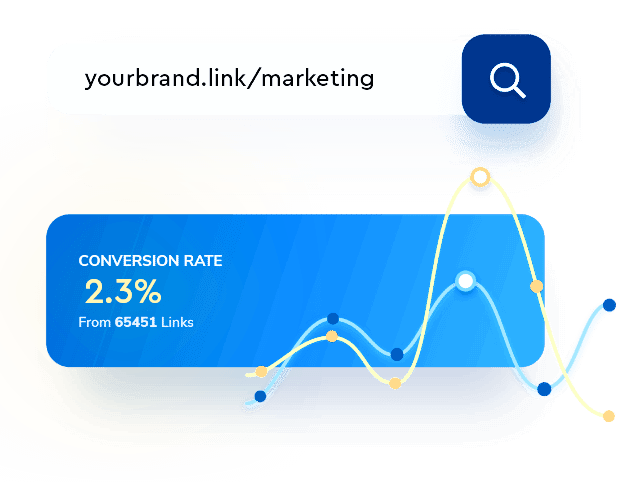
7. BigCommerce
BigCommerce is one of the popular e-commerce platforms for setting up an e-commerce store. This e-commerce business offers a lucrative affiliate program that might interest affiliate marketers creating content around e-commerce niches.
Commission: 200% (per referral’s plan price)
Affiliate platform: Impact
Cookie period: 90 days
Also Read: Affiliate Link Tracking To Optimize Your Earnings
8. Luxury Card
Luxury Card is a reputable brand that issues premium credit cards. These premium-quality credit cards are made of fancy metals. This credit card issuer has one of the highest-paying affiliate programs in the finance industry.
Commission: $405 per sale
Affiliate platform: FlexOffers
Cookie period: 30 days
9. Semrush
Semrush is a leading competitor analysis, keyword research, and website performance tracking tool in the digital marketing space. It’s widely used by content marketers, SEO experts, and pro-bloggers around the world. It offers a high-ticket affiliate marketing program that is worth checking.
Commission: $200 per sale
Affiliate platform: Impact
Cookie period: 120 days
10. Kinsta
Kinsta is a premium managed Web hosting service that offers high performance, reliability, and excellent customer support. It delivers blazing-fast and secure hosting solutions for businesses and developers. Kinsta’s affiliate program is highly rewarding, with competitive commissions and extended cookie duration.
Commission: 5% to 10%
Affiliate platform: In-house
Cookie period: 60 days
11. WP Engine
WP Engine is a high-end managed WordPress hosting provider known for its speed, security, and reliable customer support. It’s a popular choice among SEOs, web developers, and digital marketing agencies looking to scale their WordPress sites.
Commission: Starts from $200
Affiliate platform: ShareASale
Cookie period: 180 days
12. Bluehost
Bluehost is one of the largest and most reliable web hosting companies. It offers a range of services, including shared hosting, WordPress hosting, and VPS hosting. The Bluehost affiliate program is renowned for its high conversion rates and quick payouts.
Commission: 70% for each qualified sale
Affiliate platform: Impact
Cookie period: 30 days
13. Siteground
Siteground is a popular website hosting service used and promoted by bloggers, affiliate marketers, and SEOs. They offer several hosting plans, such as shared, cloud, WordPress, and reseller. Siteground’s affiliate program is one of the best affiliate marketing programs for beginners.
Commission: $50 to $100 per sale
Affiliate platform: In-house
Cookie period: 60 days
14. ActiveCampaign
ActiveCampaign is one of the leading players in the email marketing space. It offers a complete email marketing suite for businesses, agencies, and influencers to set up email campaigns. They have a generous affiliate marketing program for affiliate marketers that promotes email marketing software.
Commission: 20% to 30%
Affiliate platform: In-house
Cookie period: 90 days
15. GetResponse
GetResponse is an email marketing service that caters to medium and large-scale organizations and brands. They offer a bundle of online marketing and engagement tools that include email newsletters, automation, live chat, SMS marketing, push notifications, conversion funnels, and much more. Check out their high-ticket affiliate marketing program.
Commission: 33% (recurring)
Affiliate platform: In-house
Cookie period: 120 days
Use deep links for seamless navigation
Trigger more clicks, conversions & app installations with fully customizable deep links.
Learn More!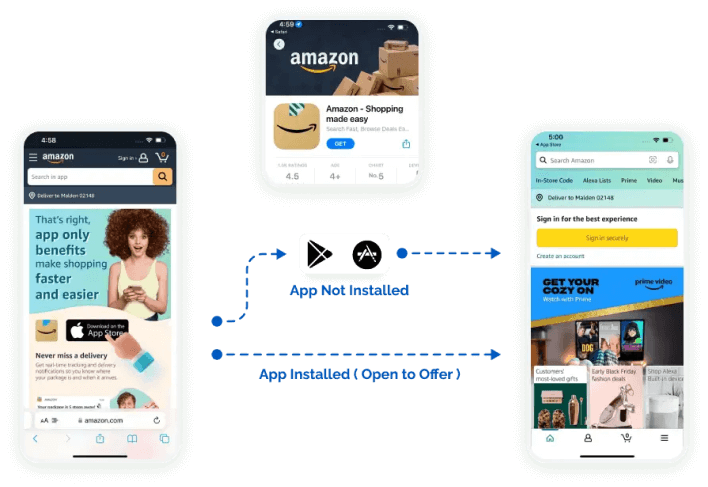
16. Wix
Wix is a leading website builder that allows users to create websites, blogs, and e-commerce stores using drag-and-drop tools. It’s popular among small business owners, entrepreneurs, and creative professionals for its ease of use and flexibility. Wix offers an excellent affiliate program with a generous commission rate.
Commission: $100 per sale
Affiliate platform: In-house
Cookie period: 30 days
17. Lasso
Lasso is an affiliate marketing WordPress plugin for bloggers and affiliate marketers to create, manage, and display affiliate product tables and boxes. Bloggers and affiliate marketers promote affiliate products to earn commissions on successful sales. Lasso has a high-ticket affiliate program that pays quite well.
Commission: 20% (recurring)
Affiliate platform: Tapfiliate
Cookie period: 30 days
18. ShareASale
ShareASale is a well-established affiliate marketing network that connects merchants and affiliates. It offers a wide variety of affiliate programs across multiple niches, making it a diversified platform for affiliate marketers.
Commission: $150 per sale
Affiliate platform: In-house
Cookie period: 60 days
19. SellHealth
SellHealth is a key player in the health and wellness affiliate marketing industry. It provides a variety of affiliate programs in the health niche, fitness, skincare, and wellness niches. SellHealth provides access to several health affiliate programs that offer generous commissions.
Commission: 60% Commission
Affiliate platform: In-house
Cookie period: Not clarified
Also Read: 30+ great SaaS tools in the market today
20. Thinkific
Thinkific is a popular platform for creating courses, membership sites, and digital products. It has a lucrative affiliate program for digital marketers, bloggers, and affiliates who talk about creating courses, building membership sites, and developing digital products.
Commission: 30% (lifetime)
Affiliate platform: PartnerSnack
Cookie period: 90 days
21. Frontpoint
Frontpoint is a major player in the home security niche, known for its advanced technology, easy installation, and exceptional customer service. It offers comprehensive security solutions for homes and offices. Frontpoint has an attractive affiliate program with a reasonable commission rate.
Commission: $175 per sale
Affiliate platform: In-house
Cookie period: 20 days
22. Empire Flippers
Empire Flippers is a website flipping marketplace that connects domains, websites, and other online real estate buyers and sellers. It’s one of the largest website and domain-buying platforms on the internet. They have a pretty decent affiliate program.
Commission: 20% (of EF’s commission)
Affiliate platform: In-house
Cookie period: 2 years
23. Flippa
Flippa is one of the most popular marketplaces for buying and selling domains, websites, online businesses, software tool companies, and other businesses. Flippa has a lucrative affiliate program that attracts experts in the domains and website flipping space.
Commission: 20% (Referral fee)
Affiliate platform: Partnerstack
Cookie period: 12 months
How to get started with high-ticket affiliate marketing?
The internet is full of tips and tricks on how to get started with affiliate marketing. It boils down to a few basic steps that are as follows:
1. Pick a niche with a noticeable audience
Start by picking a niche you know about or you’re interested in. It’s so important to opt for something that fascinates you or you have an experience of doing it.
Entering into an alien territory with no prior experience in the niche might not be a good idea. The reason is that affiliate marketers make money by helping guide readers; they must know what they’re talking about.
So, be cautious while choosing your affiliate marketing or blogging niche, as it’s a stepping stone to building something worthwhile.
2. Choose high-ticket affiliate products
It’s essential to understand the concept of high-ticket affiliate marketing. It doesn’t mean you don’t need to match the product pricing with your audience’s money-spending power.
For instance, you can’t sell private jet rides to mountain bike lovers. On the other hand, that the audience might be interested in buying gear and spare parts for the mountain bike.
Keep in mind that you’re picking the high-ticket items to promote on your blog no matter what niche you’re in. Go through two to three affiliate networks and try to find the best possible affiliate products to promote.
Also Read: How to sign up for the Replug affiliate program?
3. Create valuable content that helps readers
Choosing a great niche and finding the right affiliate products to promote will put you on the right path, but nothing will matter if your content sucks.
Your content, whether it’s articles, videos, or podcasts, must be top-notch so that it becomes irresistible for the audience. Try to deliver as much value as possible to create a connection with readers. In fact, always try to overdeliver value in your content, and it will turn things around for you.
4. Infuse affiliate products where it makes sense
While useful and helpful content creates a hook to keep the audience engaged, it’s also important to add affiliate products to your content to create conversions.
Shorten your links, amplify your brand.
Create shareable, trackable and fully customizable branded urls. Get more clicks with absolute link management features such as Bio Links, retargeting, deep Links, CTA’s and more.
Learn More!
We recommend using URL shorteners to create clean, clickable links for your affiliate products. Replug is a great option for this—try it for free and track your link clicks!
You’ll notice increased clicks and conversions once you start integrating affiliate products through product boxes, in-text links, and banners. It all comes together when your strategy is on point.
Discover why Replug is the ultimate tool for affiliate marketers!
5. Keep track of your affiliate links
Keeping tabs on your affiliate links is key to boosting your earnings. By tracking how your links perform, you can see what’s working and make adjustments where needed. Replug makes this super simple, letting you shorten links and get insights on clicks and engagement. It’s like having a cheat code for your affiliate strategy. Use it to stay on top of things, and watch those commissions start rolling in!
Top 4 benefits of high-ticket affiliate marketing
- The high-ticket affiliate products bring higher commissions. Therefore, the affiliate marketer earns more with high-ticket affiliate marketing.
- One doesn’t have to make a ton of sales to make a handsome amount. A few high-ticket sales would do the job.
- The high-ticket affiliate niches usually have high PPC and CPM rates, which means one can earn extra income with display ads, such as AdSense or Ezoic.
- There is always less competition in such niches because most bloggers can’t find high-ticket products to promote, or most affiliate marketers run after the low to mid-range but popular products.
However, remember that most affiliate marketers find it tiresome to hunt for high-ticket affiliate products, not to mention create high-quality affiliate content for the audience.
What are the high-ticket affiliate items?
Let us share a list of several high-ticket affiliate items that could turn things around for you. In fact, these affiliate products might as well give you some idea on picking a profitable niche for affiliate marketing. Here we go:
- Life/Car Insurance
- Mortgage
- Legal advice/lawyers
- Personal Finance
- SAAS products
- Credit cards
- Gardening
- Automotive
- Online courses
- E-commerce
- Web hosting
- Travel
- Car rentals
- Hotels and restaurants
- Lifestyle
- Fashion
- Home n decor
Link Management Made Easy
Your go to link management tool for CTAs, branded and bio links, QR Codes, tracking and retargeting.
Get Started for FREE!
What is the future of affiliate marketing?
Affiliate marketing has been a well-paid monetization strategy for bloggers, affiliate marketers, influencers, and YouTubers.
However, every affiliate marketer has a different approach to earning money with affiliate marketing. While some use email marketing to generate traffic, a lot of them stick to SEO, whereas others pivot toward social media traffic.
All of them have a common goal: to bring people on board, engage them with content, and push them to purchase the affiliate product via an affiliate link.
The reason why a lot of people are skeptical about the future of affiliate marketing is that Google seems to be targeting most content websites regardless of their quality unless they’re a huge publication like Forbes, Entrepreneur, Vice, or Huffington Post, etc.
Therefore, doubts are arising in the minds of bloggers and affiliate marketers who believe that bread and better are tied to SEO and affiliate marketing.
Some bloggers and affiliate marketers believe adding multiple traffic sources, such as social, email, and paid ads, is the way forward. However, the majority of internet marketers, bloggers, YouTubers, and social media influencers are still trying to maneuver and make something happen through SEO.
FAQs about high-ticket affiliate marketing
Let’s shed some light on the commonly asked questions about high-ticket affiliate marketing:
Which is better, high-ticket affiliate marketing vs. low-affiliation programs?
High-ticket affiliate marketing is way better than low-ticket affiliate programs, hands-down, unless you don’t know what you’re doing. However, there are no guarantees for every affiliate marketer who chooses high-ticket affiliate products to win at this. It all comes down to experience, exposure, and talent.
What is a high ticket affiliate marketing salary?
It’s hard to predict a salary in any type of affiliate marketing because there are various factors involved. But as far as the commission rates for high-ticket affiliate marketing are concerned, they can be anywhere between $200 to $2,000 per sale. Using a paystubs generator can help affiliates easily track and organize their earnings.
What is an example of high-ticket affiliate marketing?
There are various examples of high-ticket affiliate marketing programs mentioned earlier in the article, such as Replug, Authority Hackers, Thinkable, Teachable, Semrush, and others.
What are the 5 most popular high-ticket affiliate marketing programs?
The five most popular high-ticket affiliate marketing programs include Lasso, ShareaSale, SellHealth, Empire Flippers, and Flippa. However, there are several others mentioned earlier in the article.































